MEL Chemistry is a monthly AR‑powered STEM subscription box from MEL Science intended for kids ages 9-14. You can subscribe to the box for $34.90 each month. Each monthly kit contains 2-3 science experiments with enough materials to try it twice, plus step-by-step instructions. All the experiments are designed for home use.
DEAL: Get 25% off your first month! Use coupon code HELLO25.
The contents of the box are individually packaged.
This is a review of the MEL Chemistry Starter Kit.
It also comes with a card and a warning that the set contains chemicals that may be harmful if misused. You should read the cautions on individual containers carefully and adult supervision is recommended.
They also list all the box contents and provided us information on how it works.
The box is sealed with the MEL Chemistry sticker.
There’s another card that sits on top of everything in the kit. It includes a list of warnings that parents or guardians must read carefully first.
Everything that we need to do the experiments is provided by the box.
The box also includes a Starter Kit Manual.
The manual includes a list of safety requirements and even first aid measures.
There’s also a page intended for the parents where it informs the adults about the safety rules and instructions for the activities. They also ensure that all the MEL Chemistry sets are safe for use. Also, they included the proper way of disposing of the chemicals.
The guide also introduces us to Chemistry!
Chemistry is an ancient and very interesting natural science. It helps us understand the world around us more deeply and improve the lives of millions of people all over the world. Life saving medicines, plastics, sophisticated scientific and industrial equipment, stainless steel — all of these owe their existence to chemistry.
They provided more information about the subscription, on what to expect with each box.
The first shipment contains 3 boxes: the large box is a starter kit, the small box contains a VR headset, and the medium box(es) contain one or more experiment sets.
Before we start with the experiments, we need to find a perfect workplace to perform them. Also, we’ll need protective gear such as goggles and gloves.
After finishing all the experiments, the guide also suggests some activities that you can do, and some added information about the use of the kits, like FAQ and troubleshooting, safety, and step-by-step instructions.
It also tells us more about the MEL Chemistry App. You can scan the MEL codes on the reagent bottles and experiment cards. It also provided instructions about the included macro lens and what it does.
Here are some of the items inside the box.
The kit contains 2 goggles in different sizes. One is for the parent, and the other is for the child.
The kit also included a glass beaker and flask that can be used for heating. There are also stacks of disposable cups.
There’s a tray that can e used to catch spills, some rubber stoppers, and a smartphone stand.
They also included a pocket stove that comes with a flame diffuser and a cork hot pot stand.
There’s also a macro lens that you can easily clip on a smartphone.
The macro lens helps in taking a closer look at the reaction mixtures for the experiments, and by using them, we will be able to capture cool chemical transformations.
Here’s one of the boxes in the kit.
It contains the VR headset.
The VR headset is included along with the starter kit for your first month.
You can enjoy the VR app and see 3D models of the molecules and crystals.
It can be easily set-up as well.
It’s pretty sturdy and easy to use.
With the starter kit, you’ll get your first experiment! Ours was Tin.
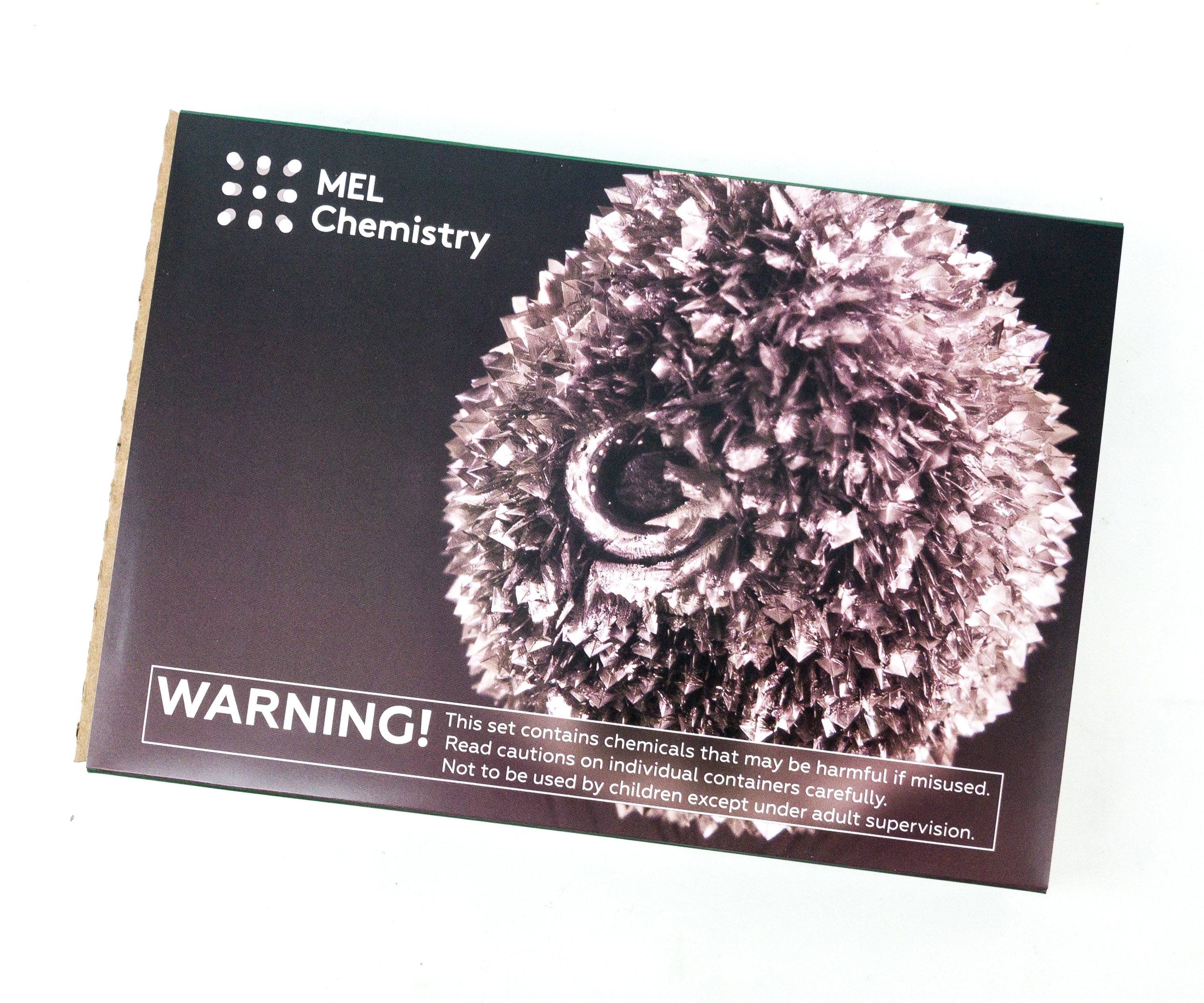
Here’s the box of the Chemistry set for the Tin experiments: Tin hedgehog, and Tin dendrite.
The box lists all the contents like the chemicals to be used and what other things that we need to prepare before starting.
The top lid of the box welcomes us to Science!
The inside of the top lid provided us more instructions before we start the experiments.
The box is filled with different chemical bottles!
The two experiments that are tackled in this box are Tin dendrite, where a metal tree will grow right before our very eyes, and Tin hedgehog, where a zinc pellet will turn into what looks like a hedgehog.
The chemicals are packed separately.
The set includes plastic vials, paper clips, and some Petri dishes.
There are also bottle caps and nozzles.
The set-up for the experiment Tin dendrite includes a battery compartment, wires, and alligator clips.
Here’s the set of chemicals to be used, one is a bottle of liquid soap, and another contains 1.5 g of zinc.
Each bottle has a code that can be scanned using the MEL Science app.
We also got 2 sets of gloves, one for the adult and another for the child.
There’s another guide for the Tin experiments.
It lists safety rules, general information, and even the reagents to be used in the experiments.
It also contains the same information that can also be found on the experiment cards.
Here’s another information pamphlet from MEL Science!
There’s a note from Vassili, the Founder of MEL Science.
Here’s everything that you need for the experiments.
From the starter kit, we used the tray, safety glasses (goggles), and the macro lens.
Activity #1: Tin Hedgehog. For the Tin hedgehog, we used Tin (II) Chloride, Sodium Hydrogen Sulfate, and this time, zinc.
Each experiment comes with a card that includes the level of difficulty and danger, as well as the duration of each activity.
The back of the card introduces us to the element Tin.
The card spreads out and shows us detailed instructions with images, on how to make the experiment.
My daughter started with Tin hedgehog.
She combined the two reagents in one bottle, then filled the vial halfway.
Then, she added the zinc. To see the hedgehog, we used the macro lens.
Also, the hedgehog is formed from the first experiment.
Using the macro lens, we can see the hedgehog clearly!
Activity #2: Tin Dendrite. For the Tin dendrite, we are going to use the reagents Ti (II) Chloride, Sodium Hydrogen Sulfate, and liquid soap.
Here’s the experiment card for Tin dendrite. Aside from the level of difficulty, danger, and duration of the activity, the card also provided safety measures and chemical disposal for each experiment.
For this next experiment, we’ll also be using electrodes and batteries.
The batteries will serve as electron pumps as they suck electrons in with their “+” side, and pump them out in the “-” side.
Here’s everything that we’re going to use for the Tin experiments. Aside from reagents, you can also notice another box that contains 2 pairs of gloves.
It is important to read the instructions thoroughly before starting with the experiments.
For the Tin dendrite, first, put the reagents on the Petri dish.
My daughter added the liquid soap so the surface will all be covered with the solution.
Then, she clipped the alligator clips on each side of the dish, ensuring that the clips are touching the liquid.
After, she connected them to the electrodes, connected to the batteries.
We observed something that is forming on the dish!
And there’s metallic tin!
Here’r how we did with the Tin Dendrite experiment!
We’re all in awe when the metallic tin formed in the petri dish! It’s like magic!
The MEL Science chemistry subscription is definitely a great box to introduce chemistry to the kids in an easy and entertaining way, with amazing experiments that the family can bond over. This Chemistry starter kit is awesome, as we get to know more about Tin, and the kids even say that it’s like performing magic as we were able to make new stuff by mixing some reagents or using the electrodes. The cards explained the science behind the experiments in an easy to understand way and the app and VR makes it an engaging and complete chemistry experience!
What do you think about MEL Science Chemistry?
Visit MEL Chemistry by MEL Science to subscribe or find out more!
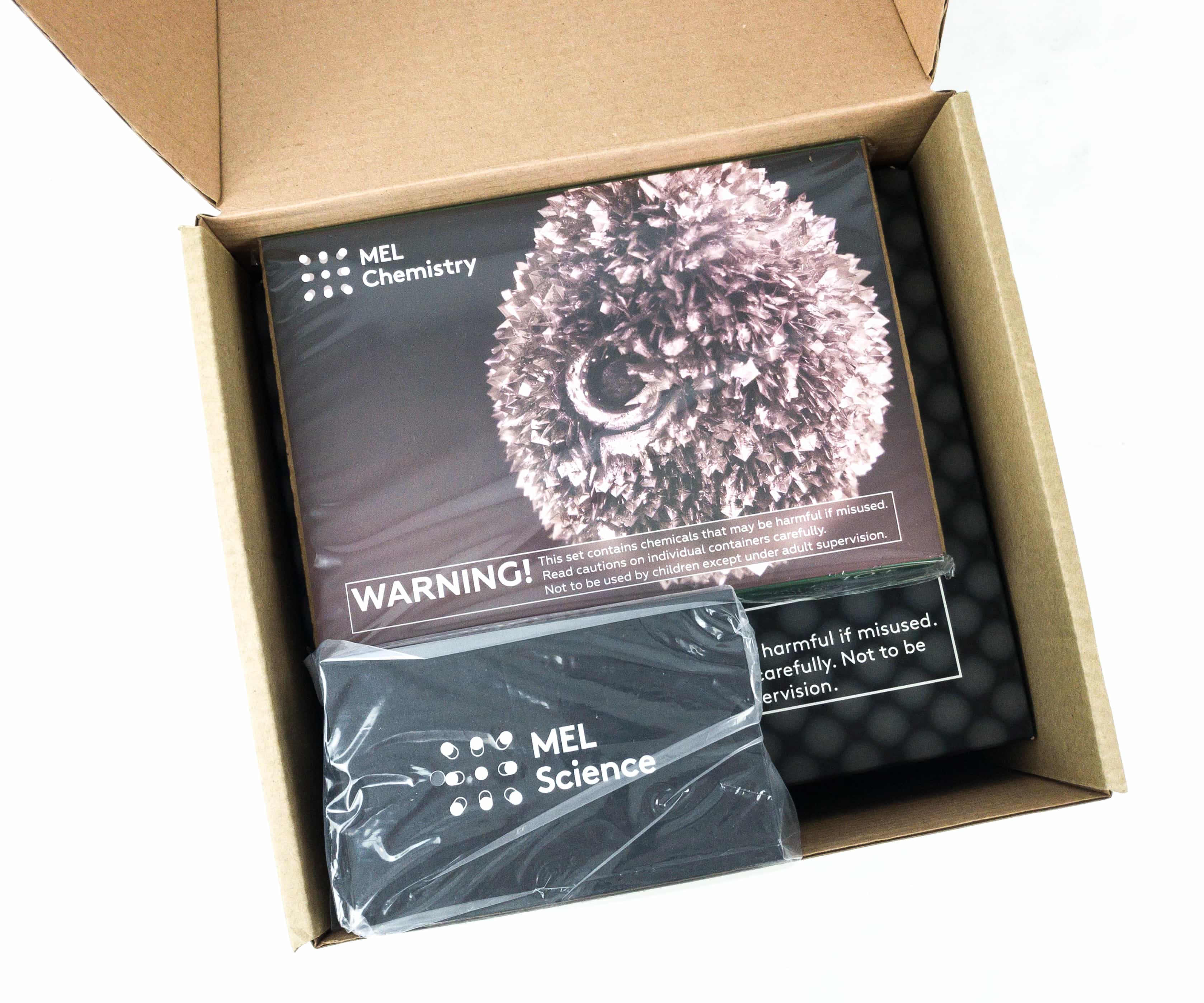
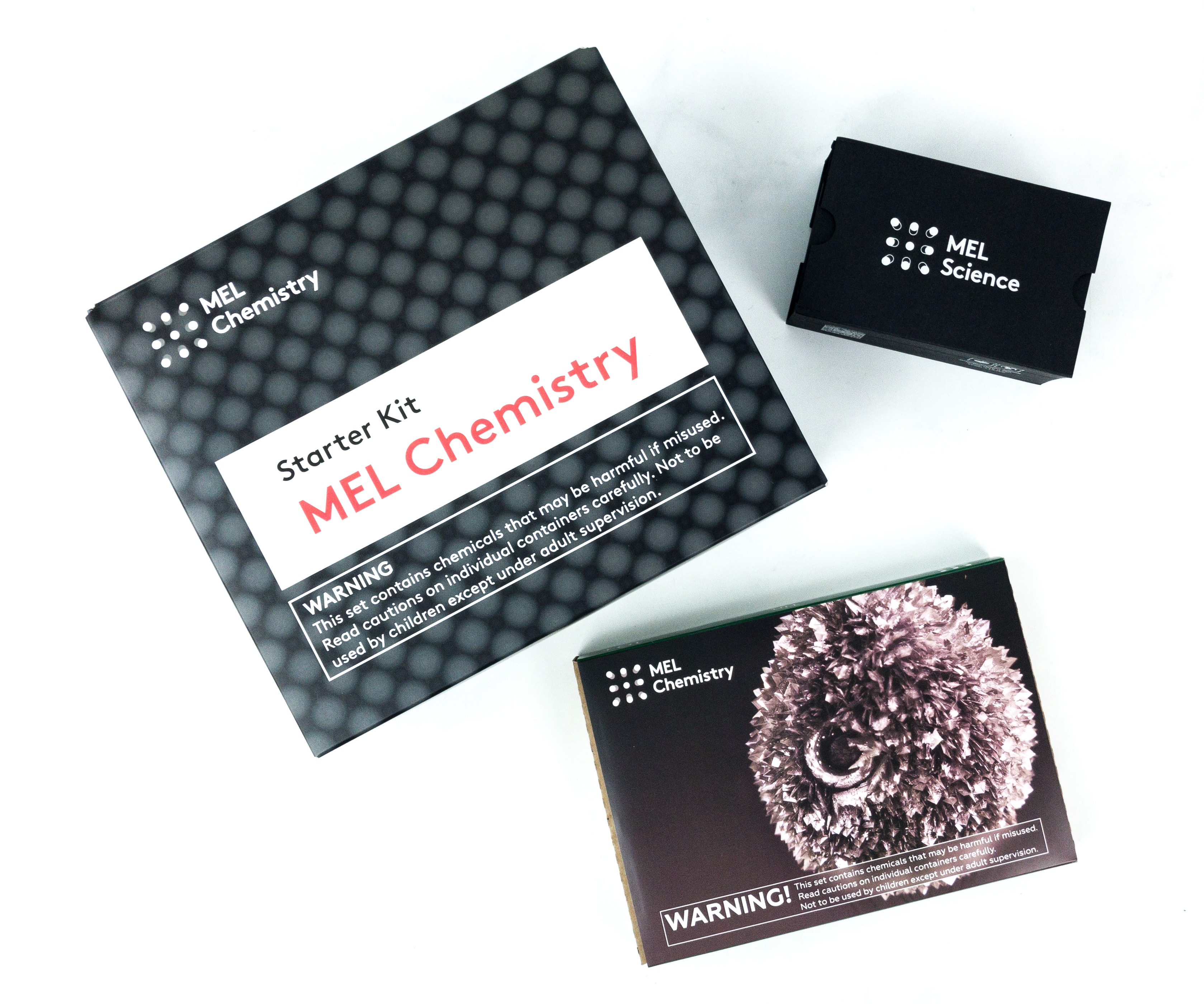
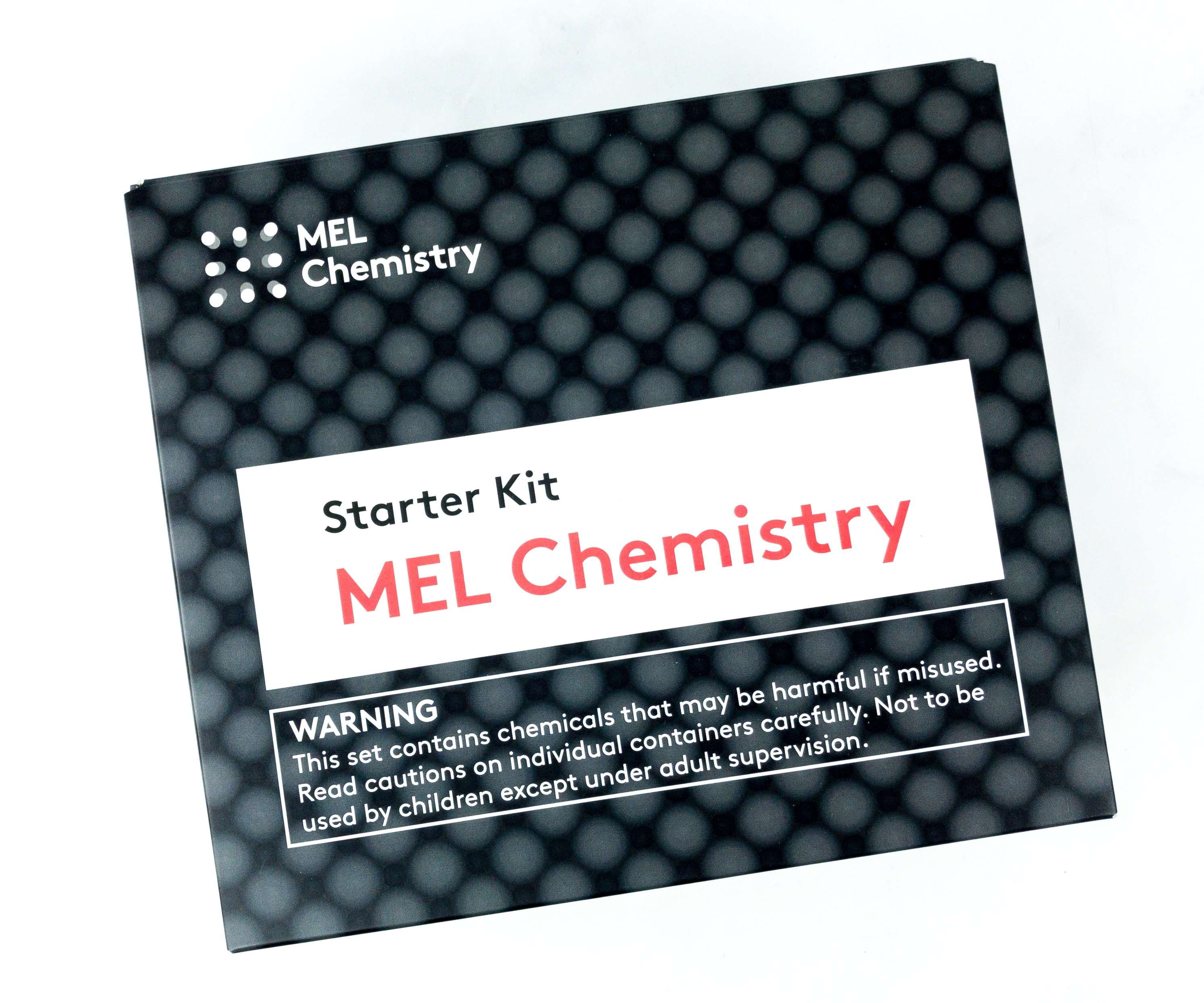


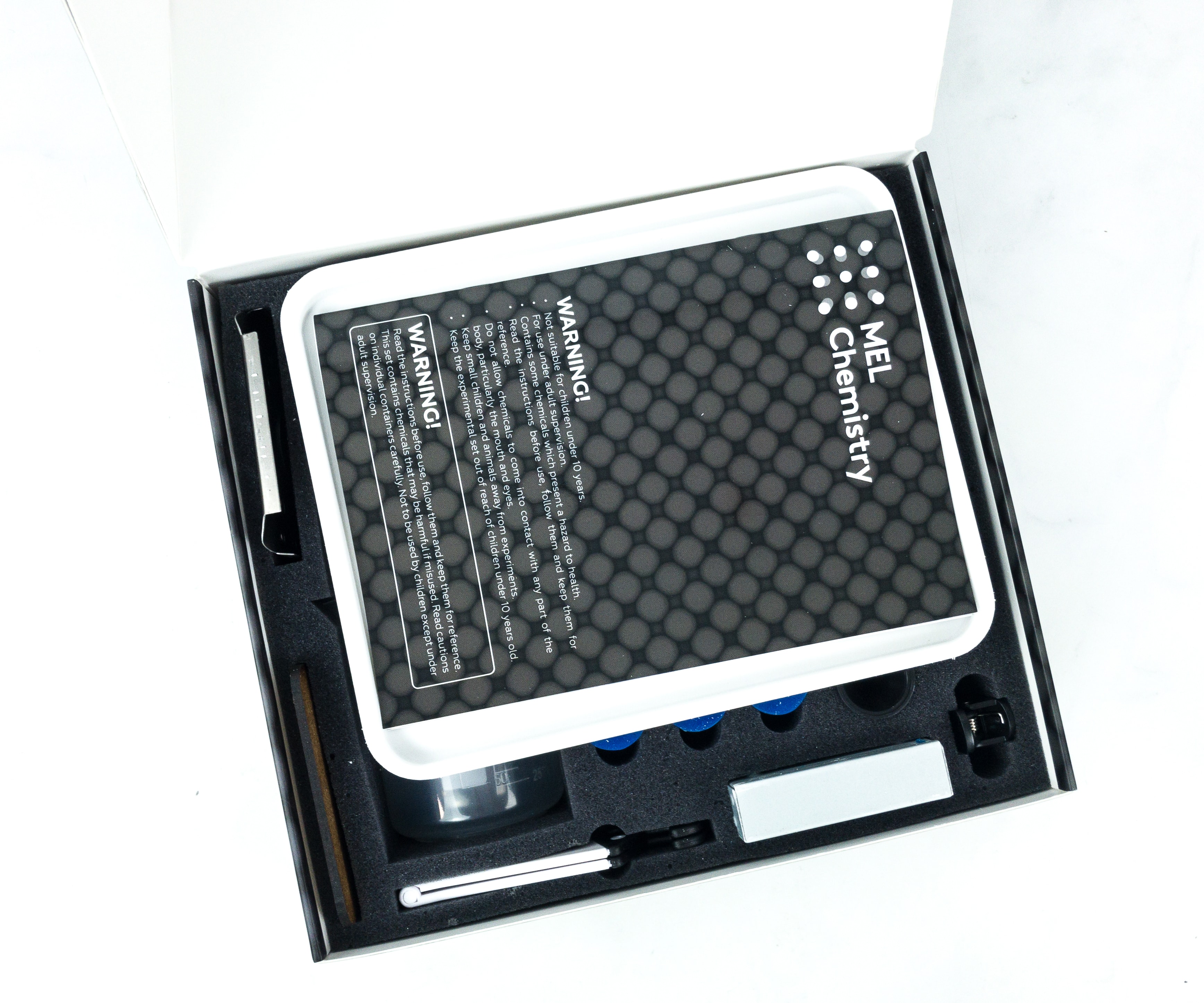
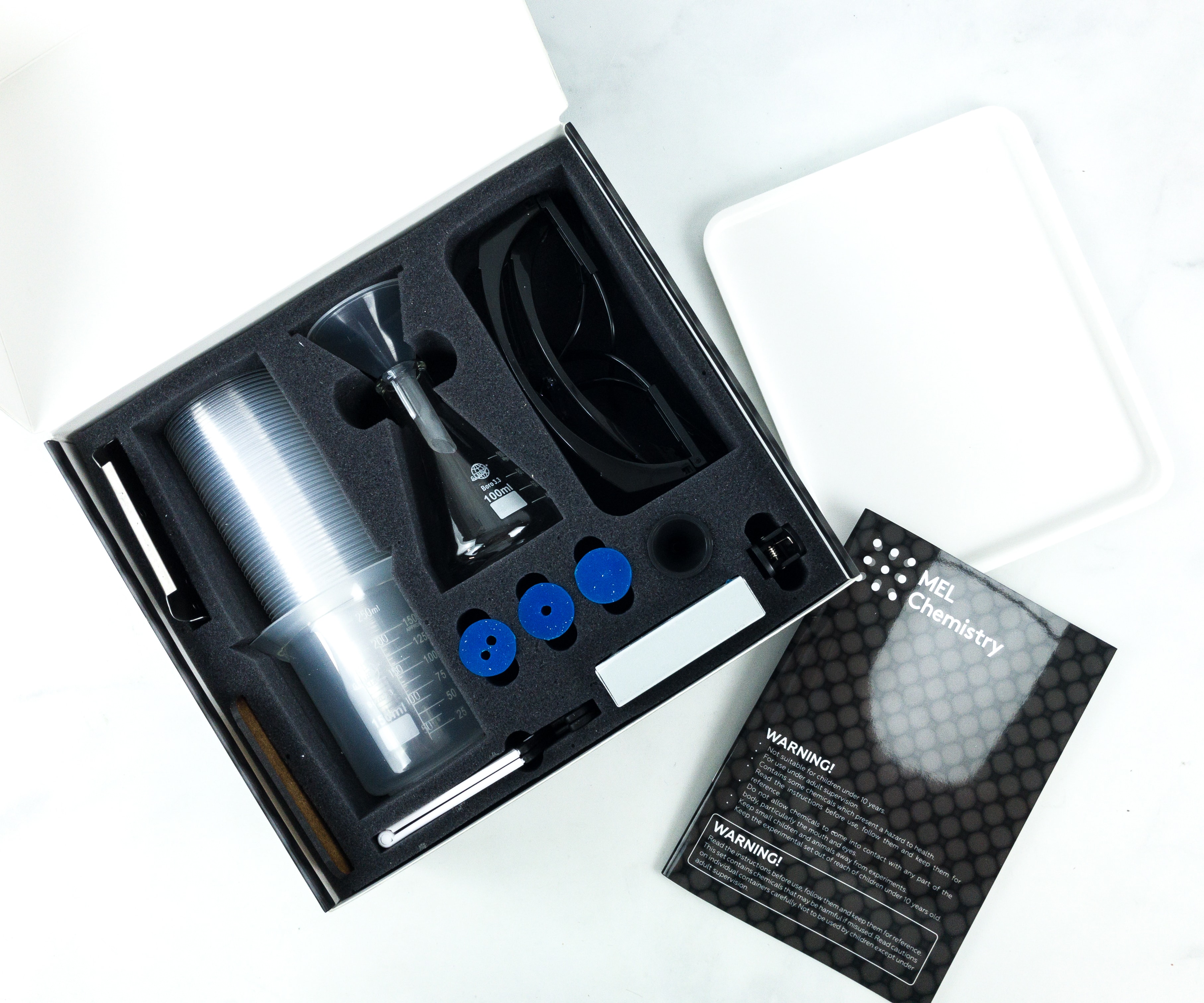
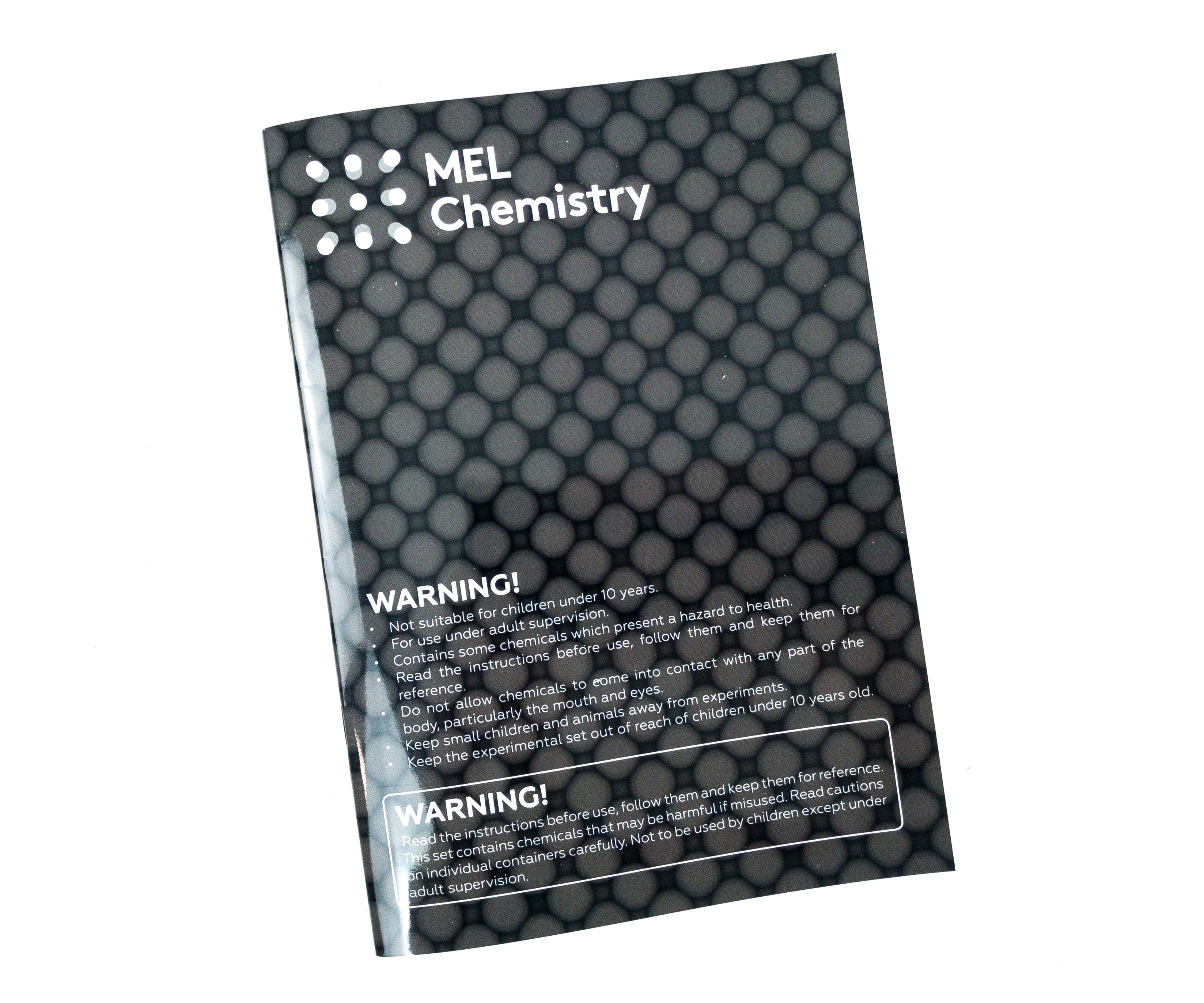
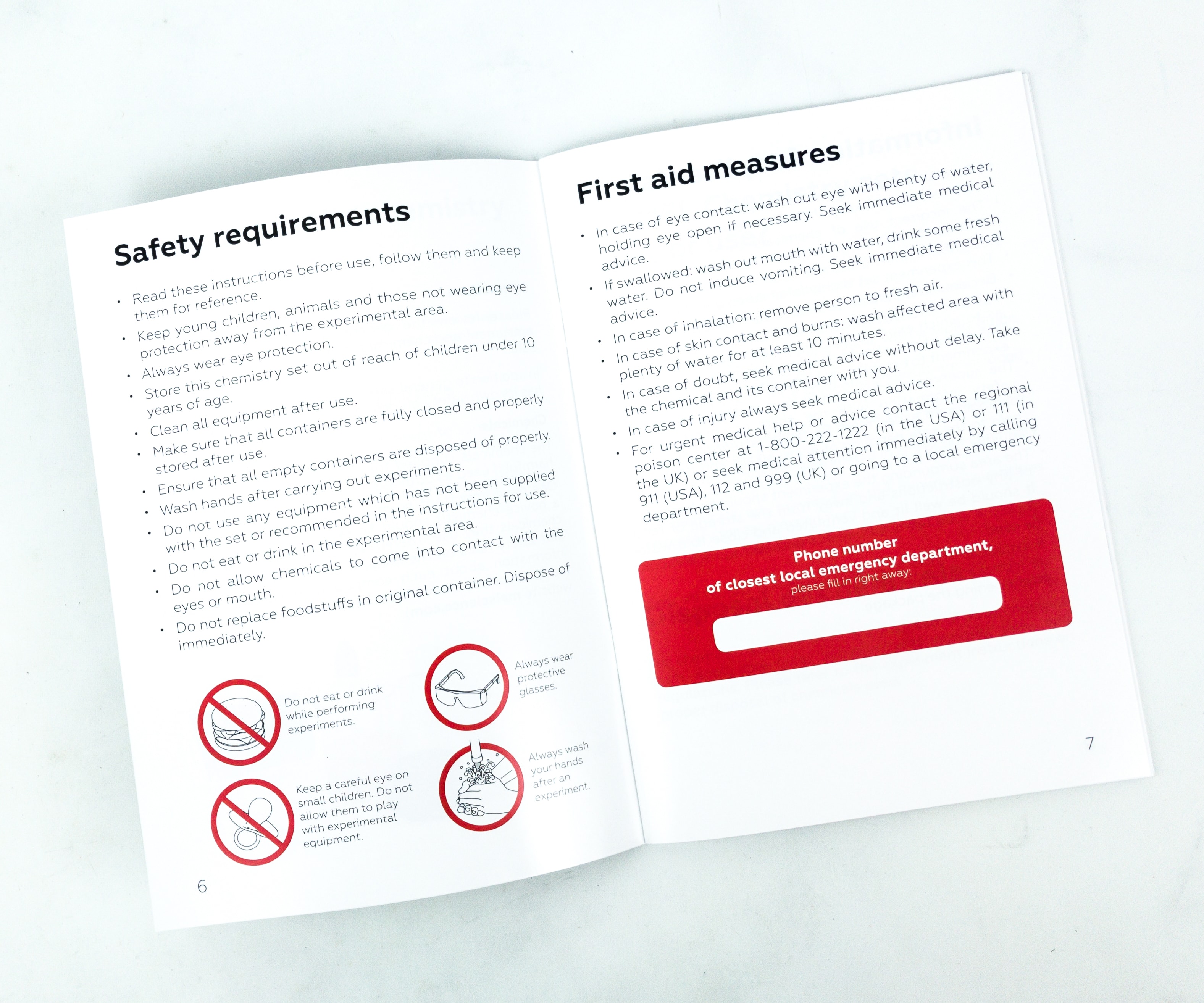
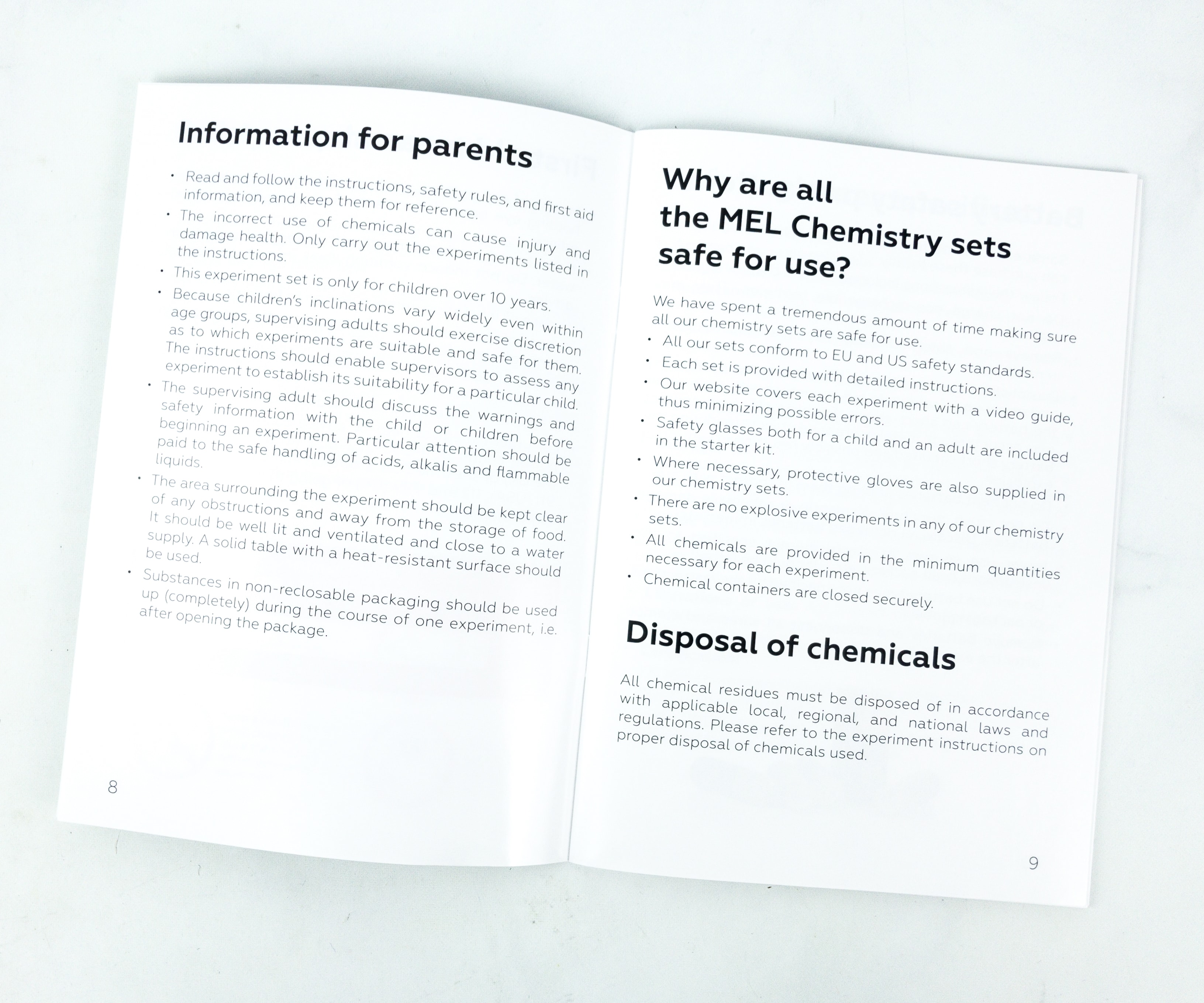

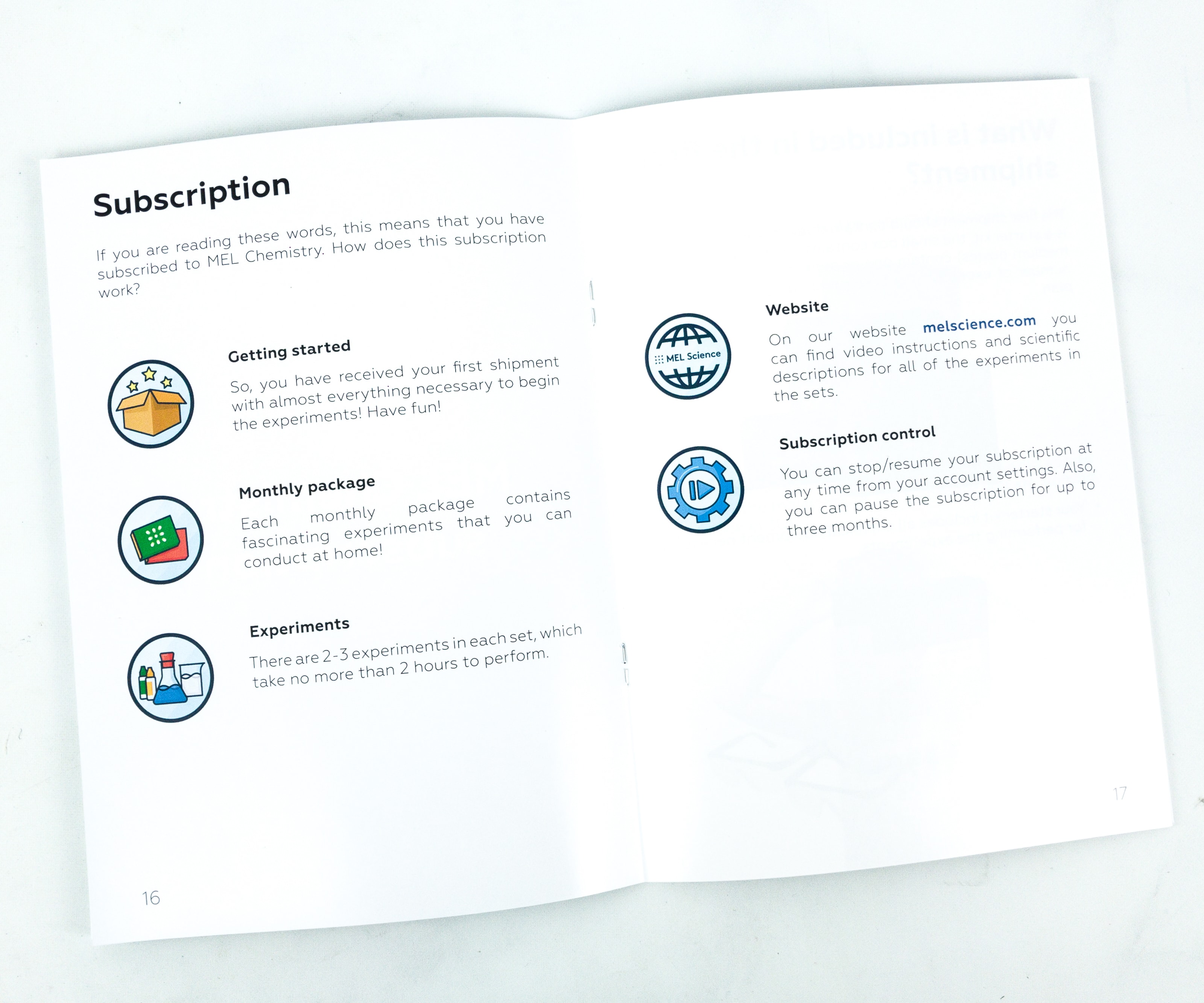
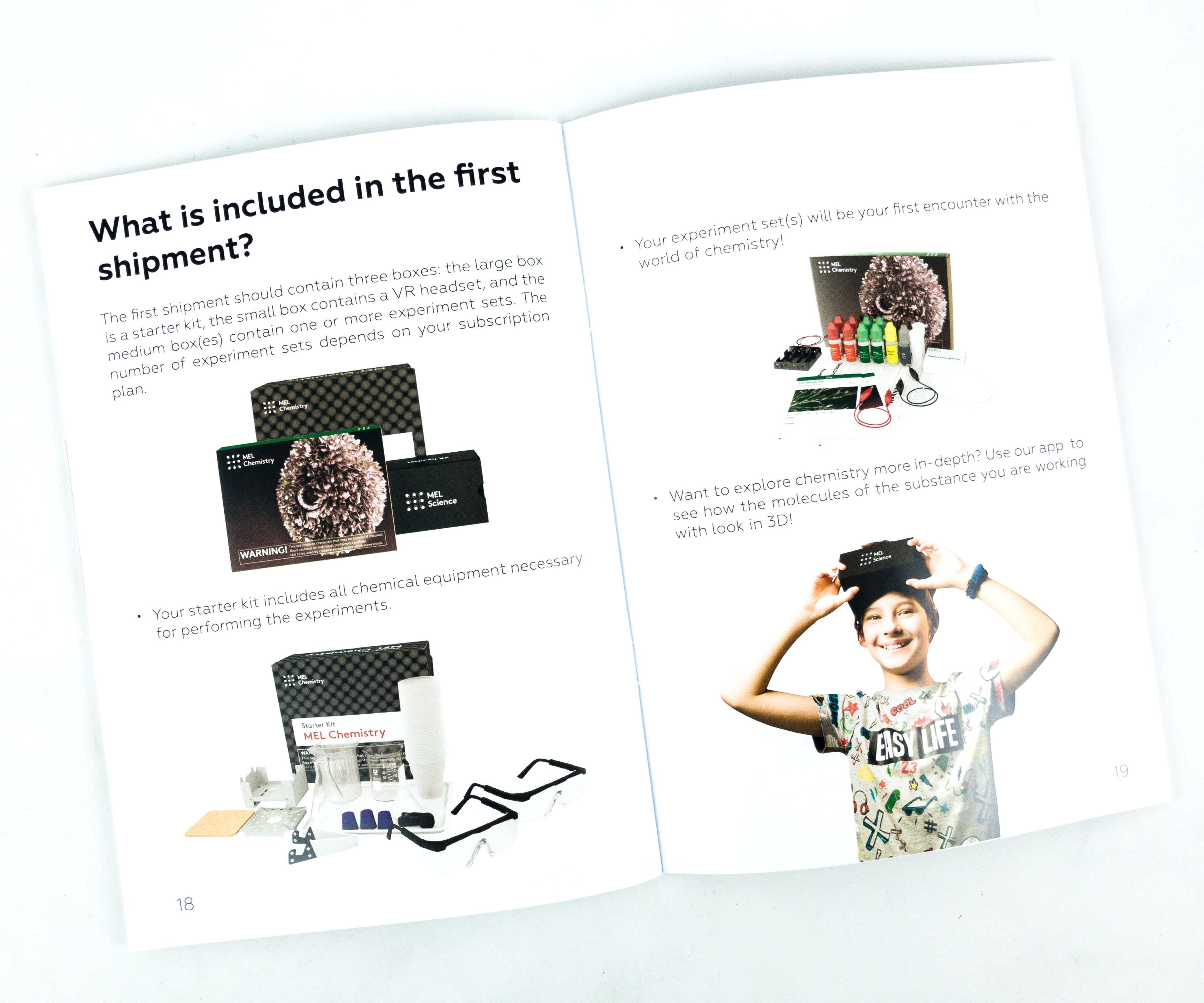
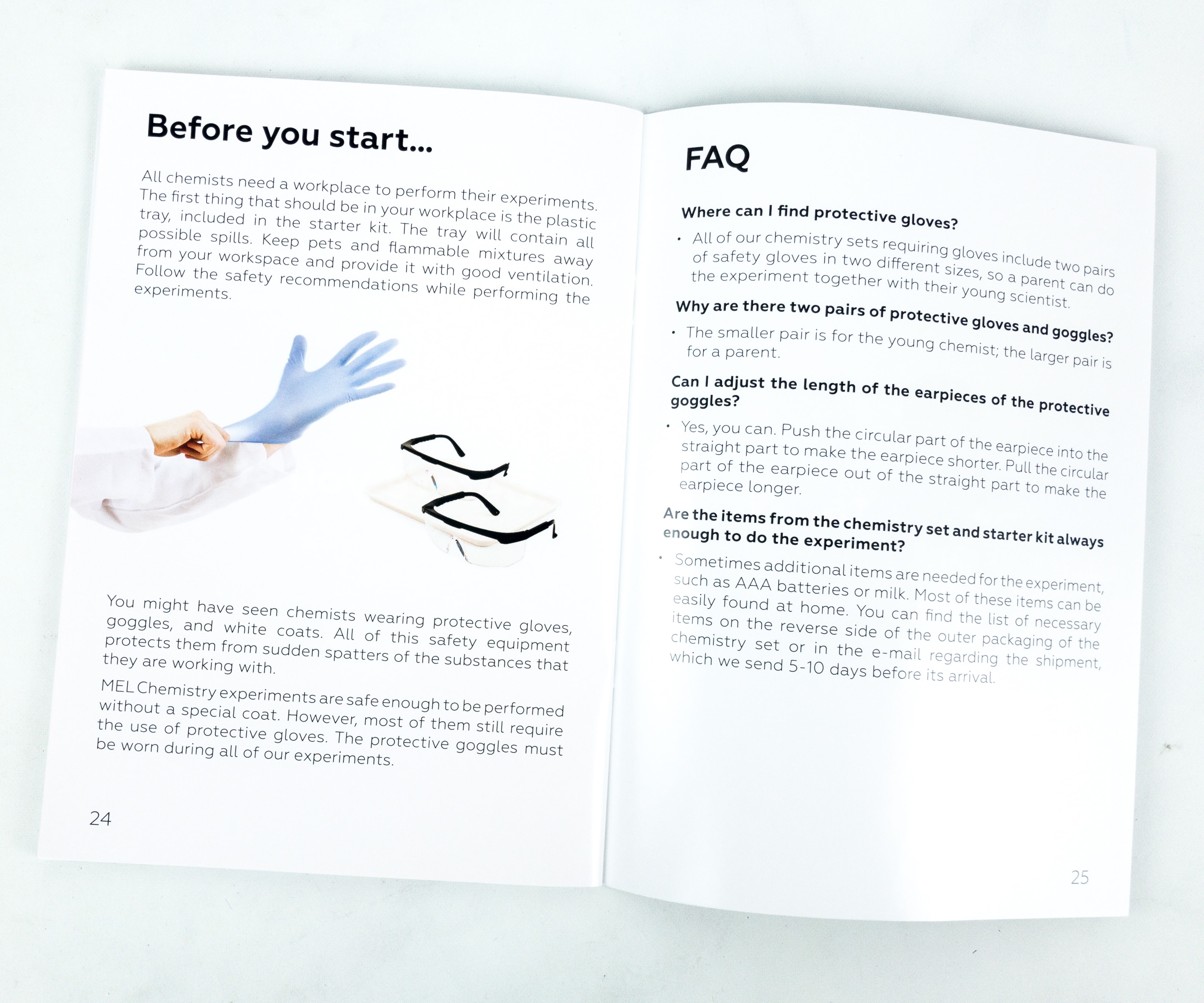
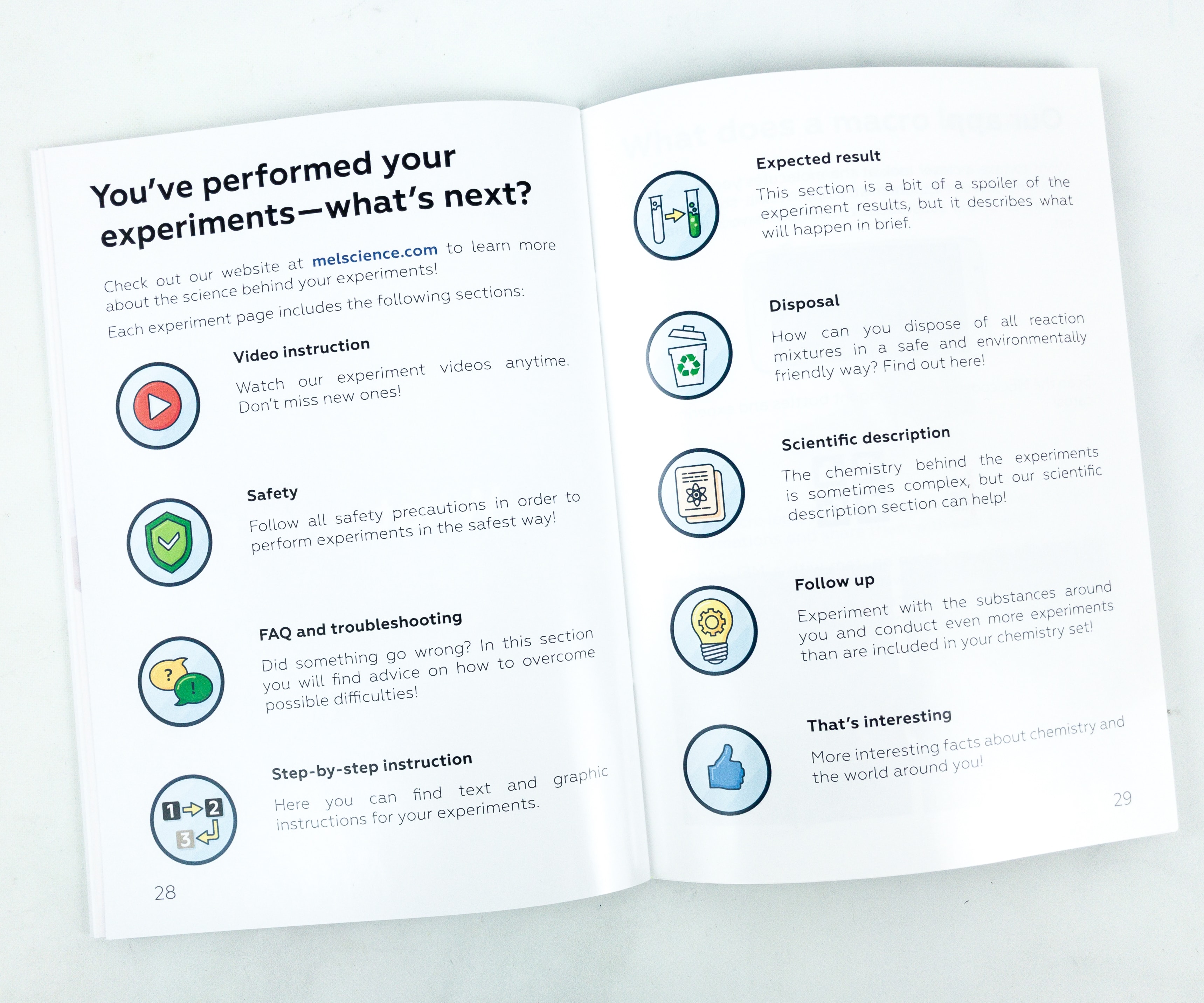
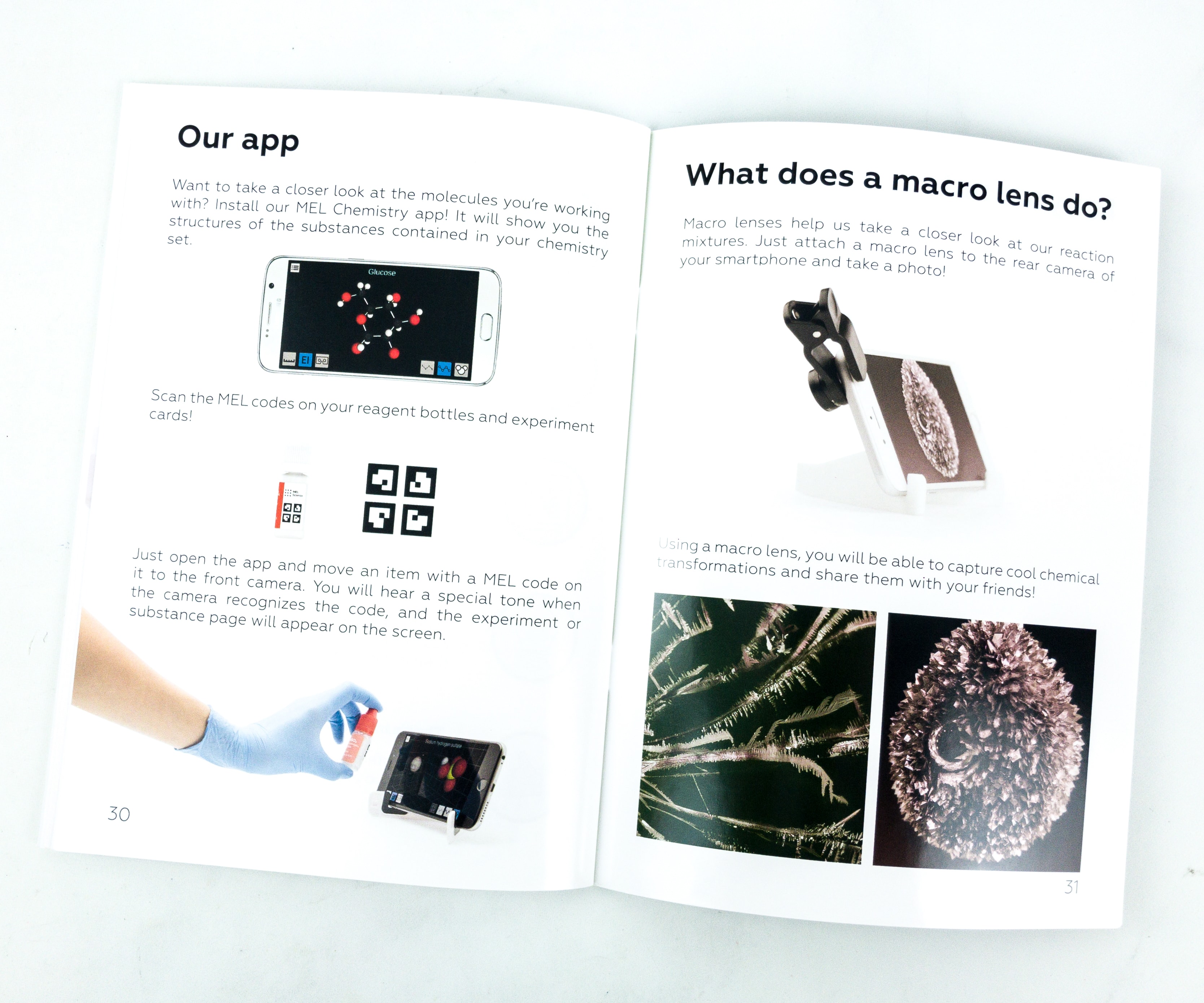
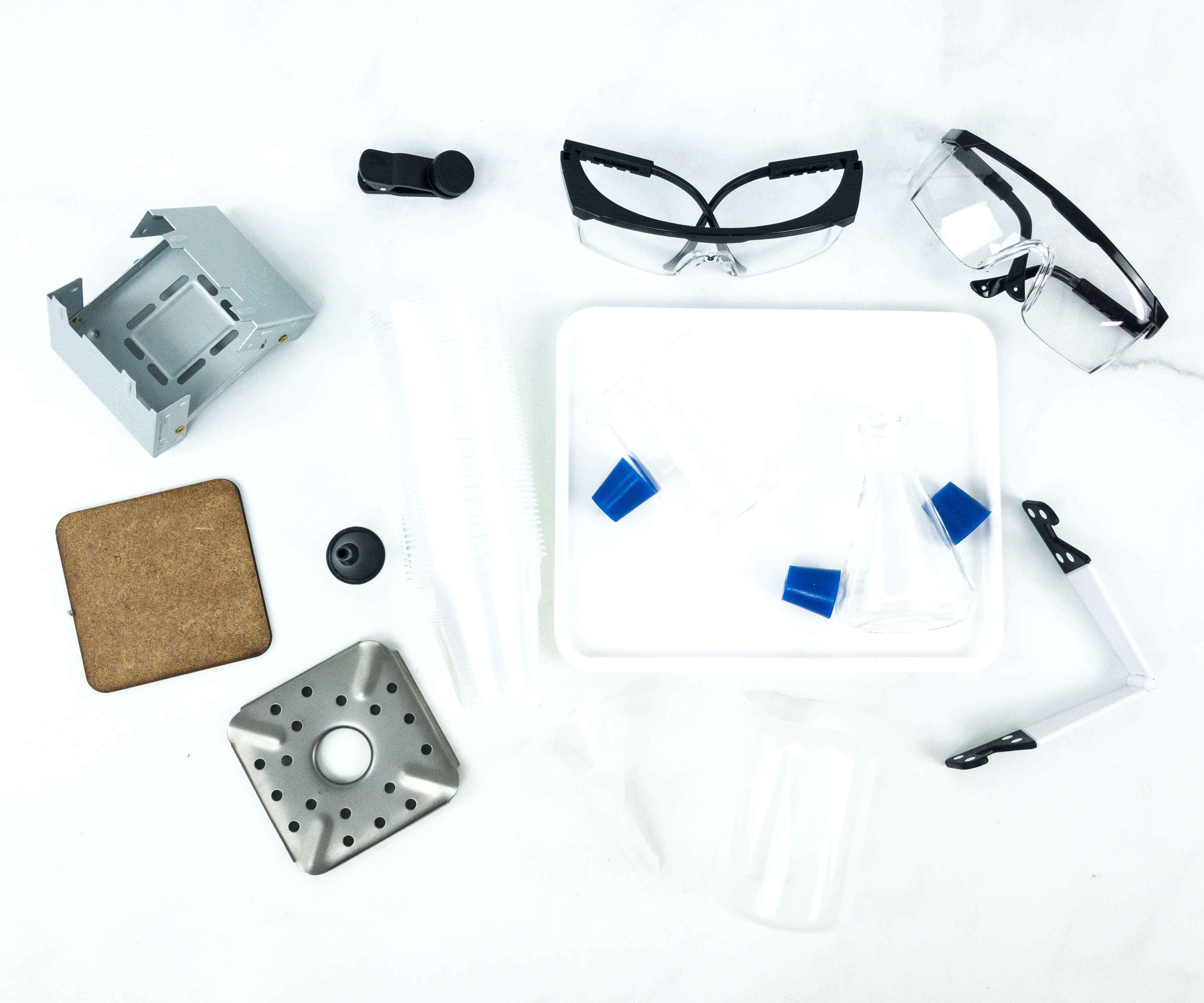
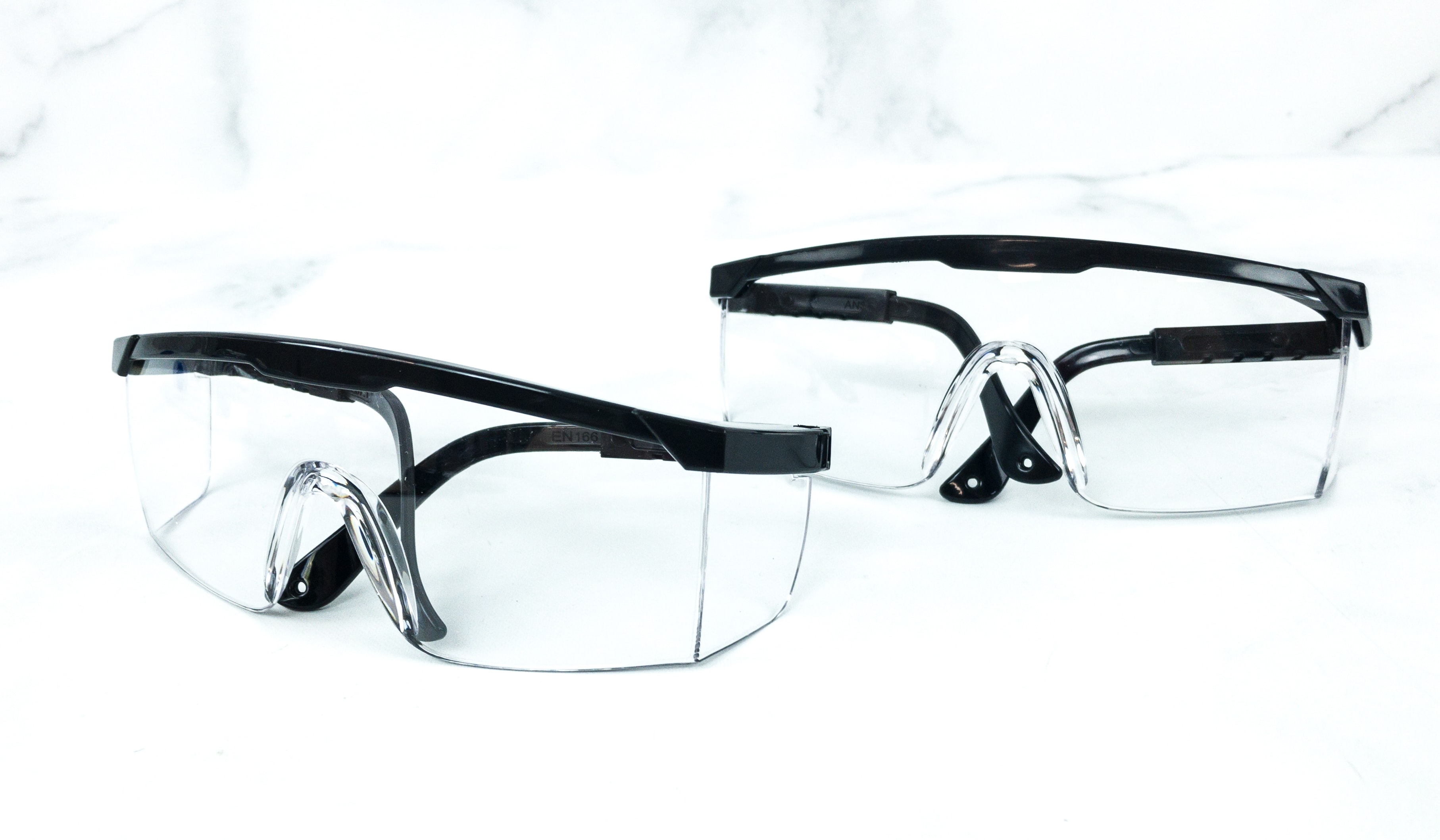
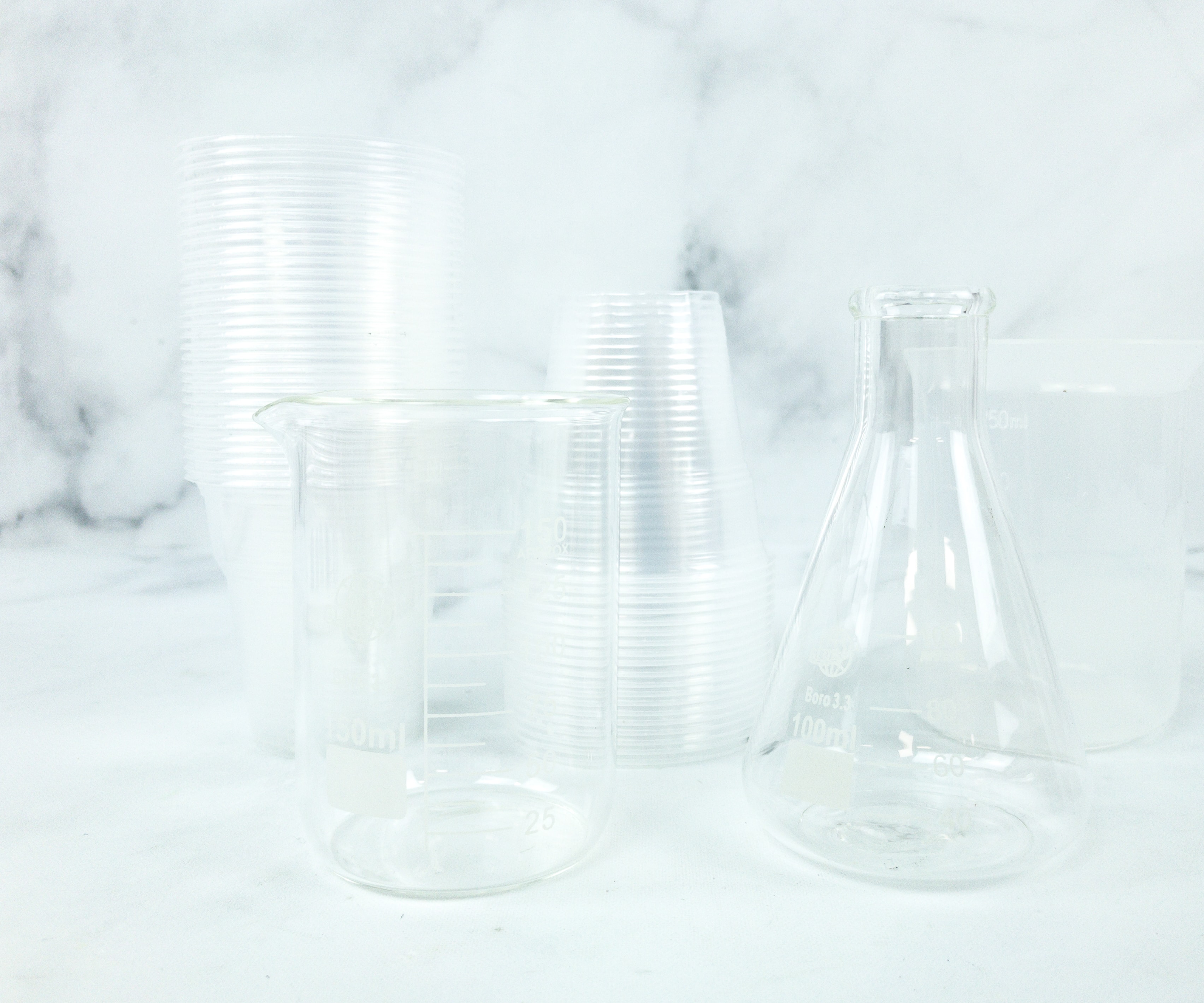
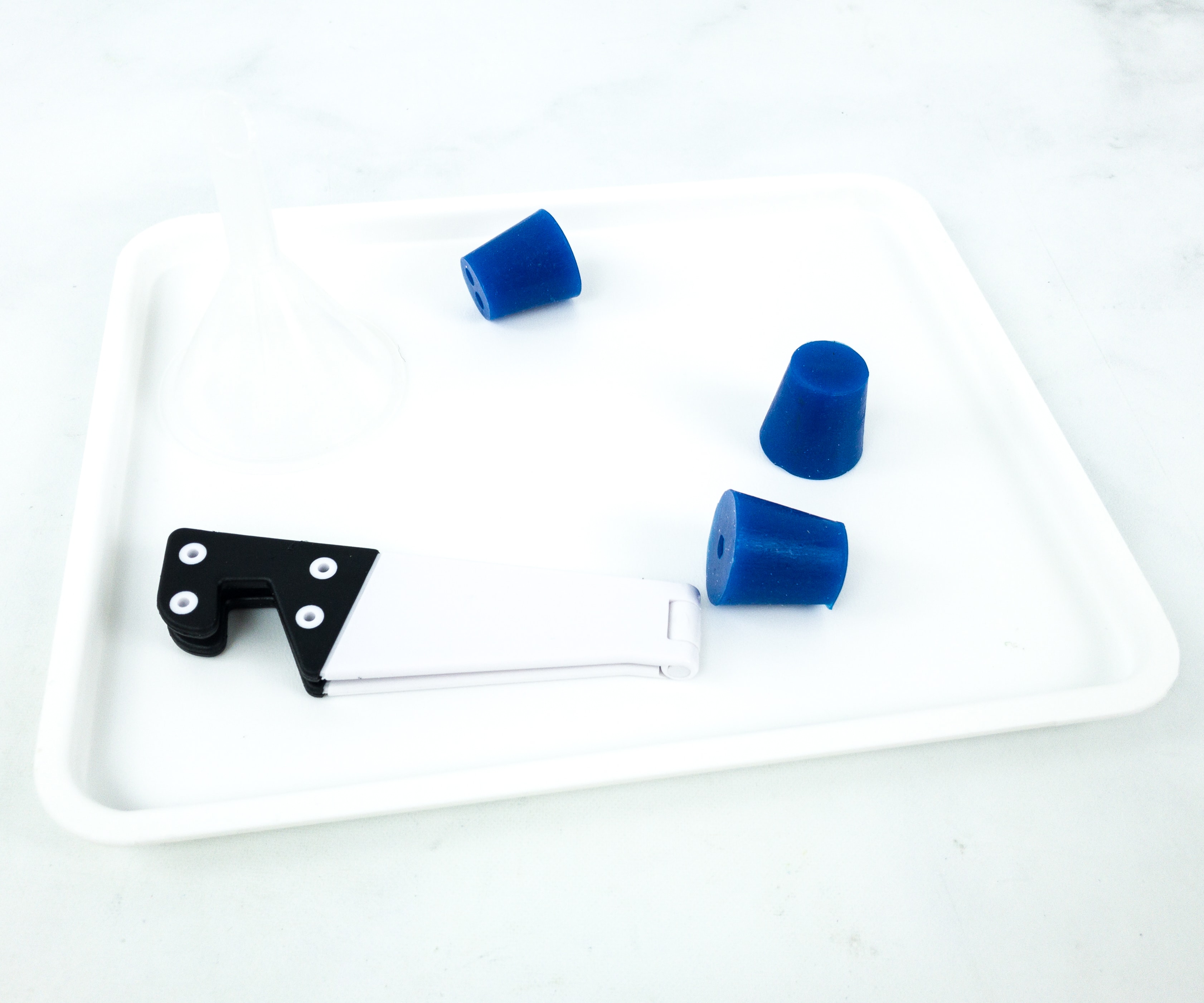
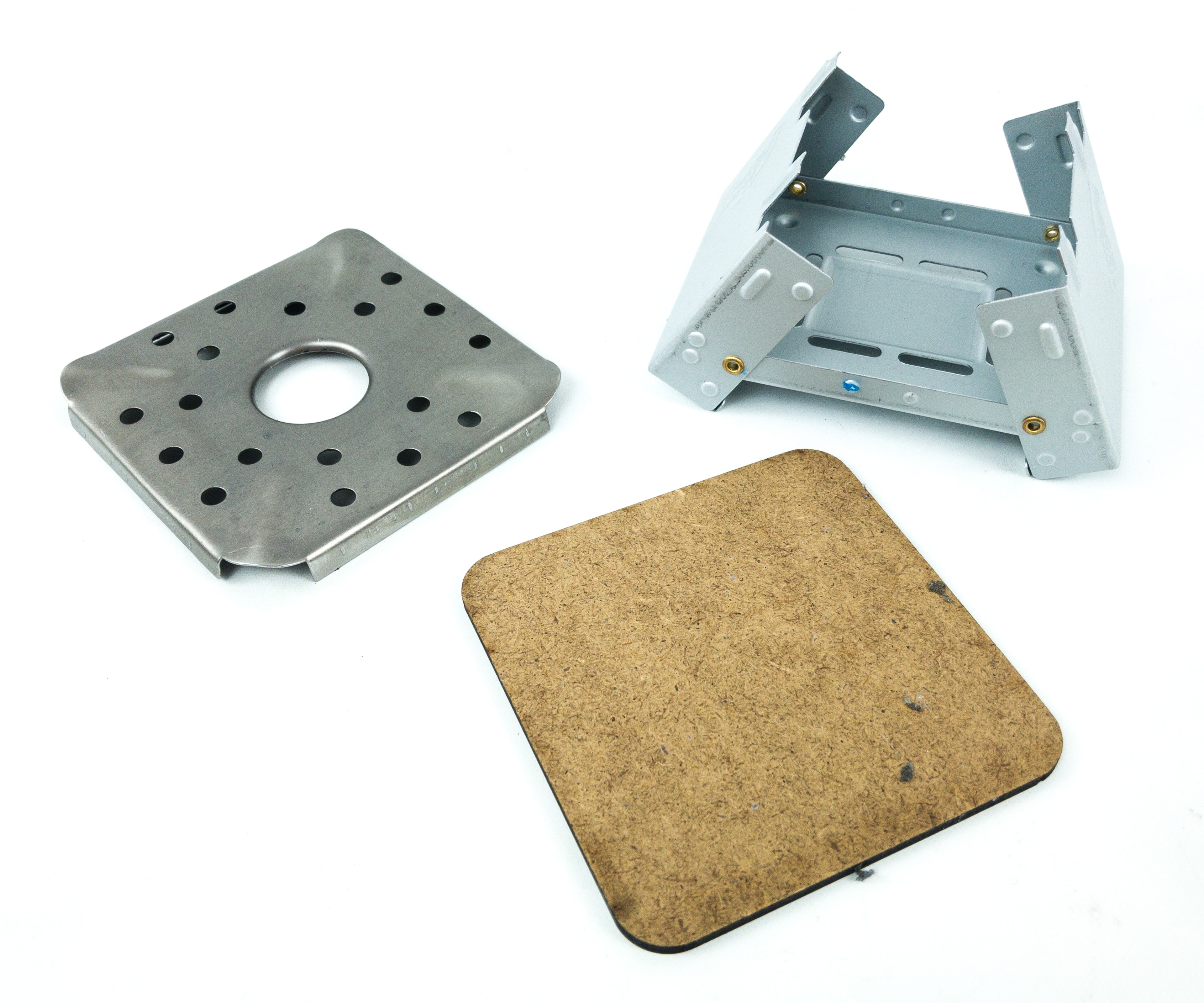
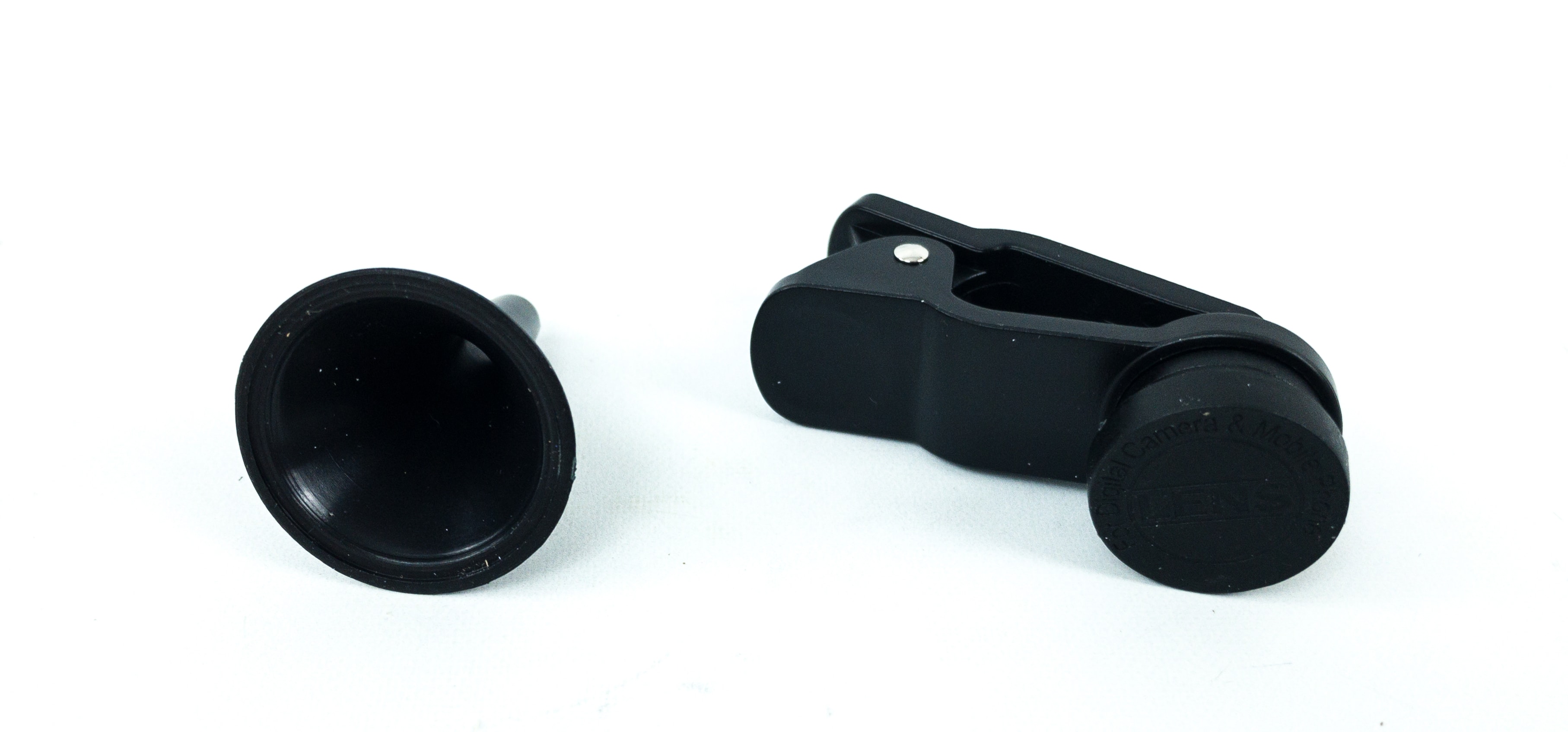
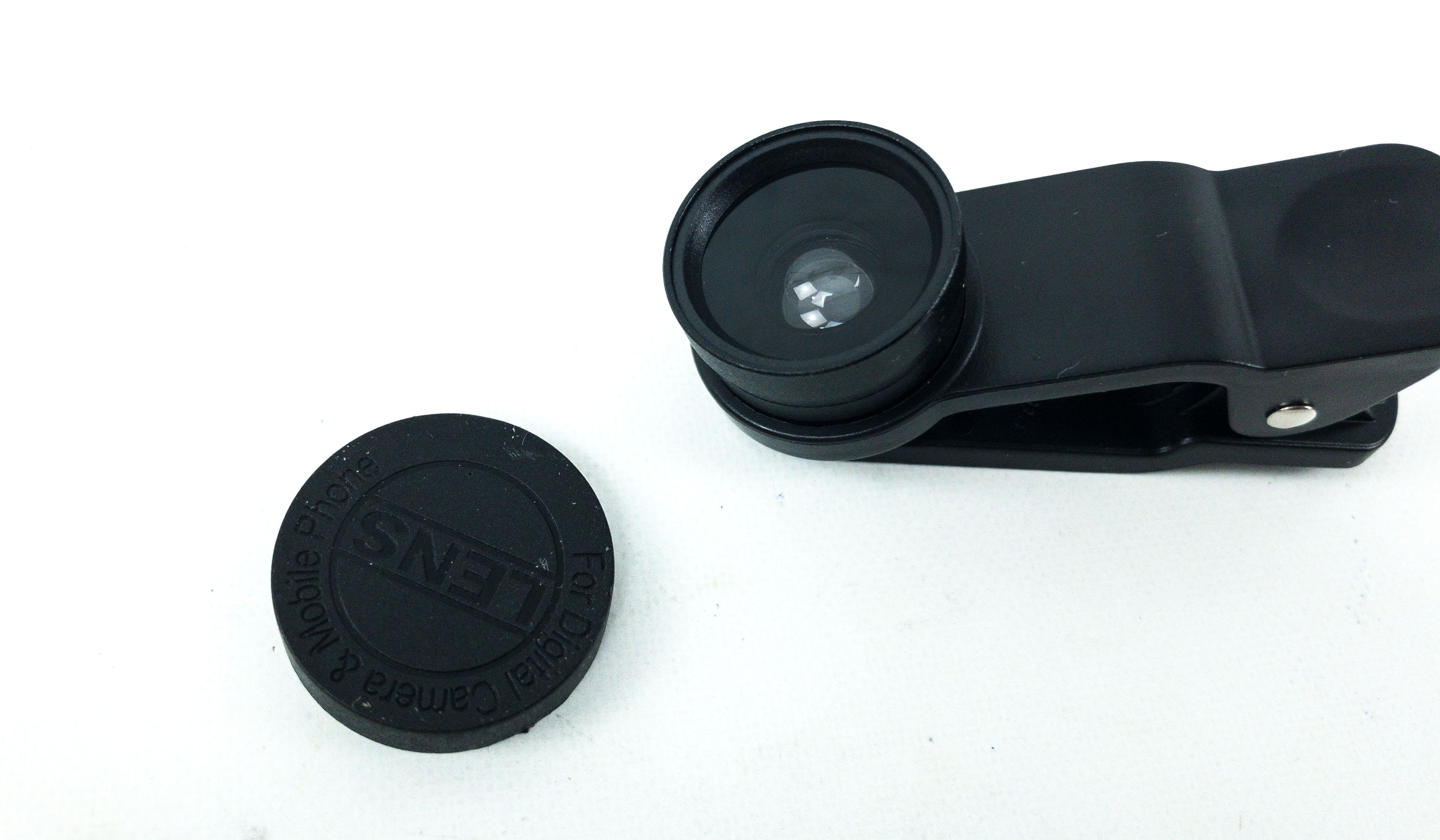

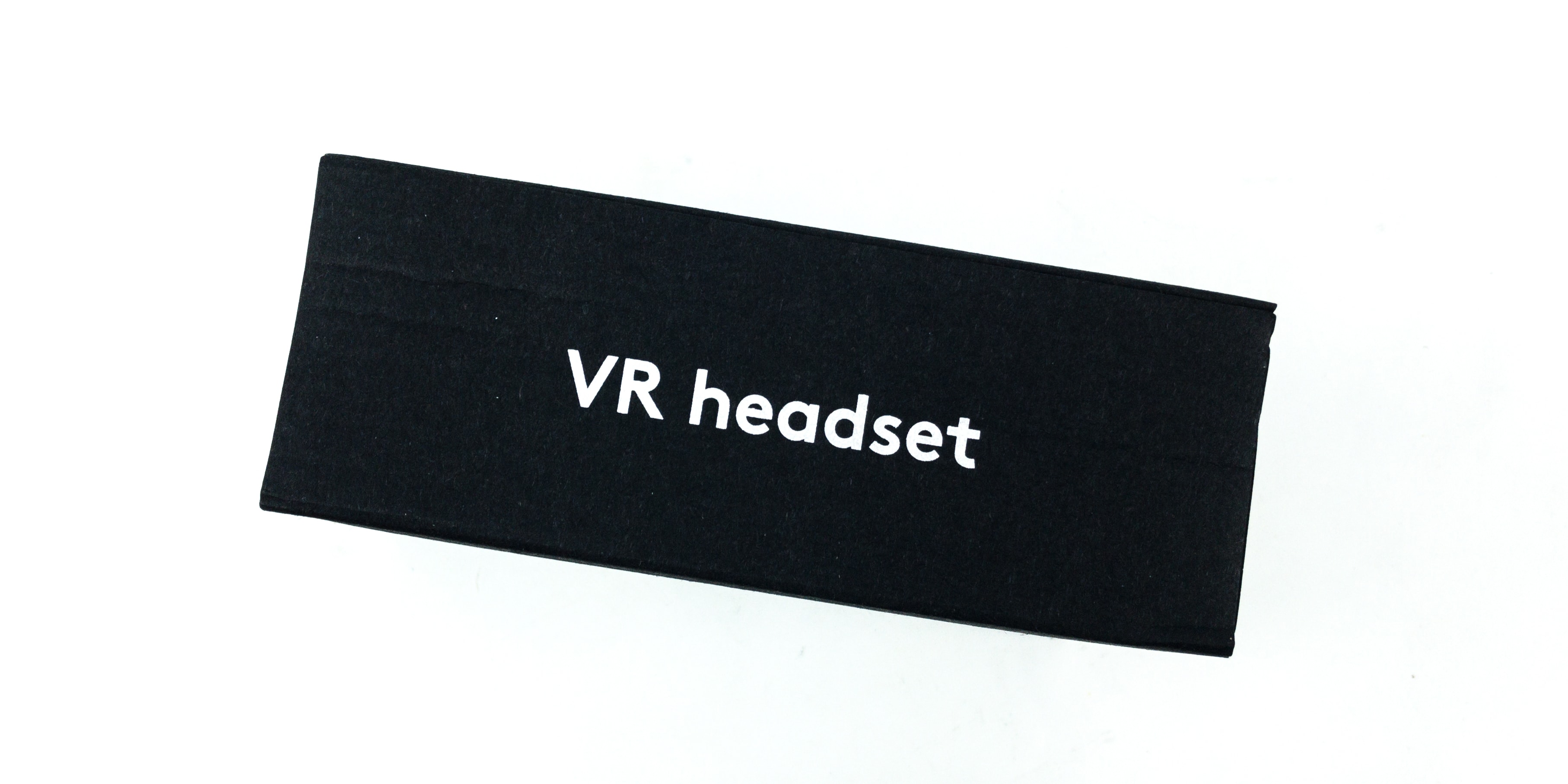
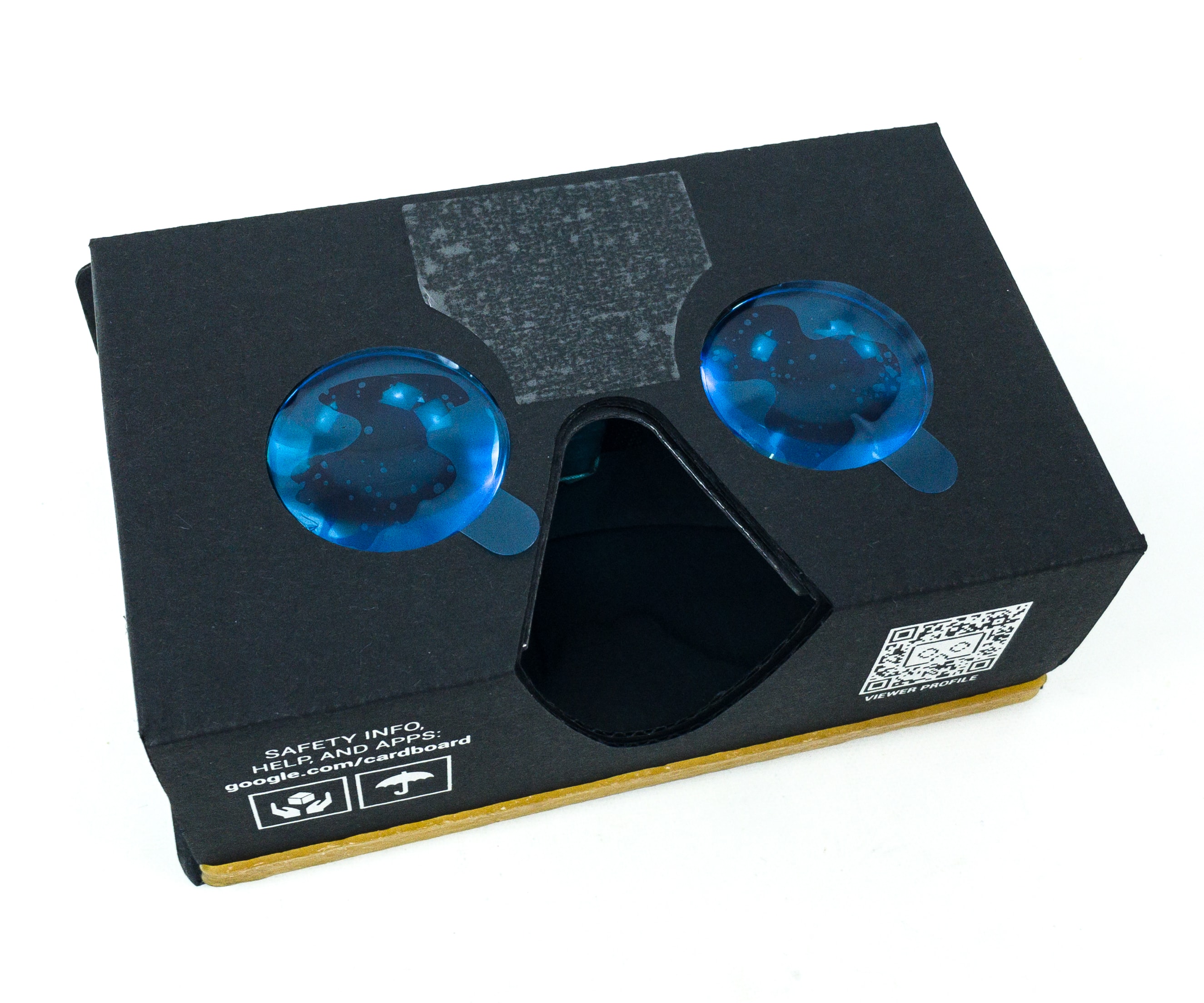
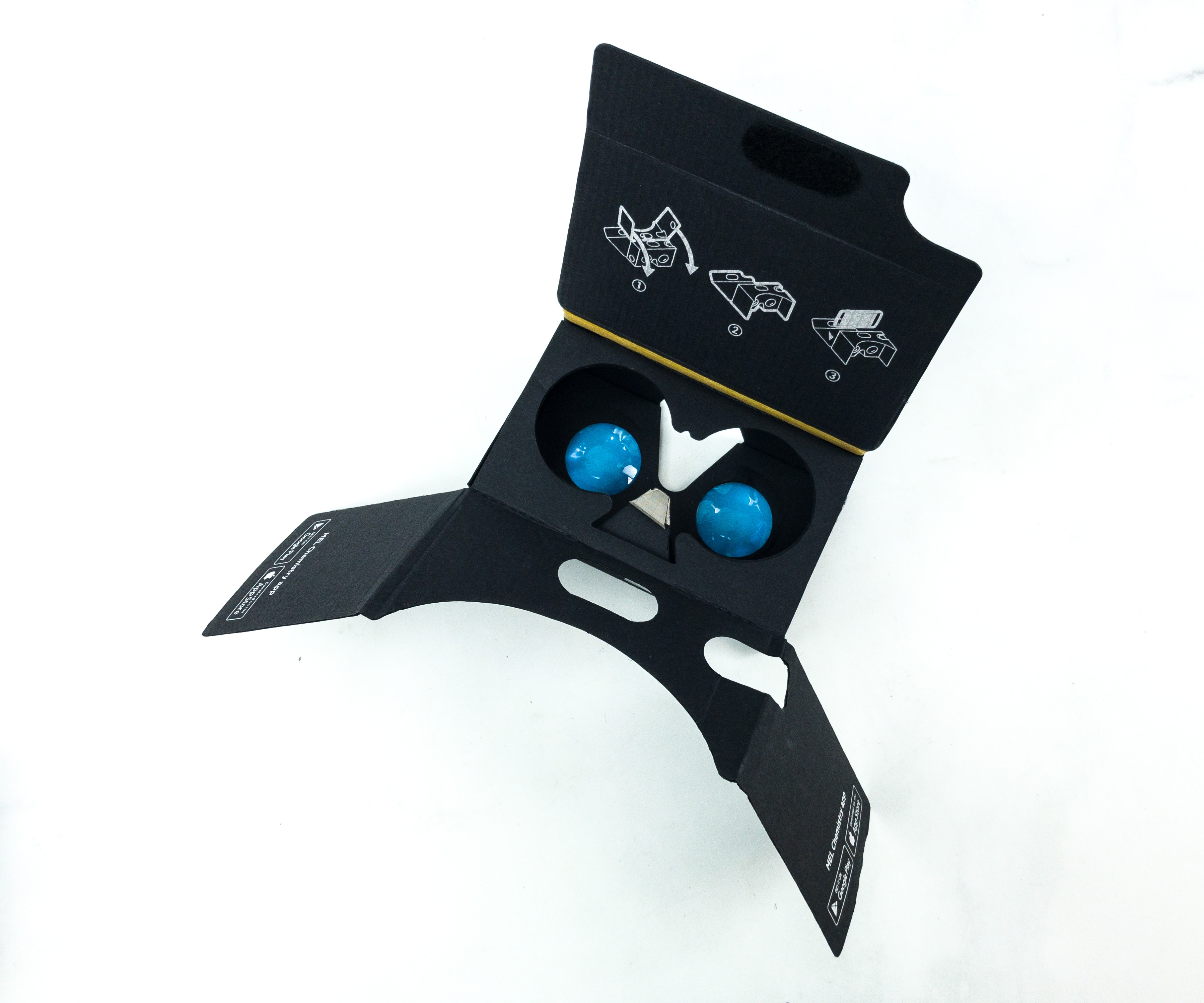
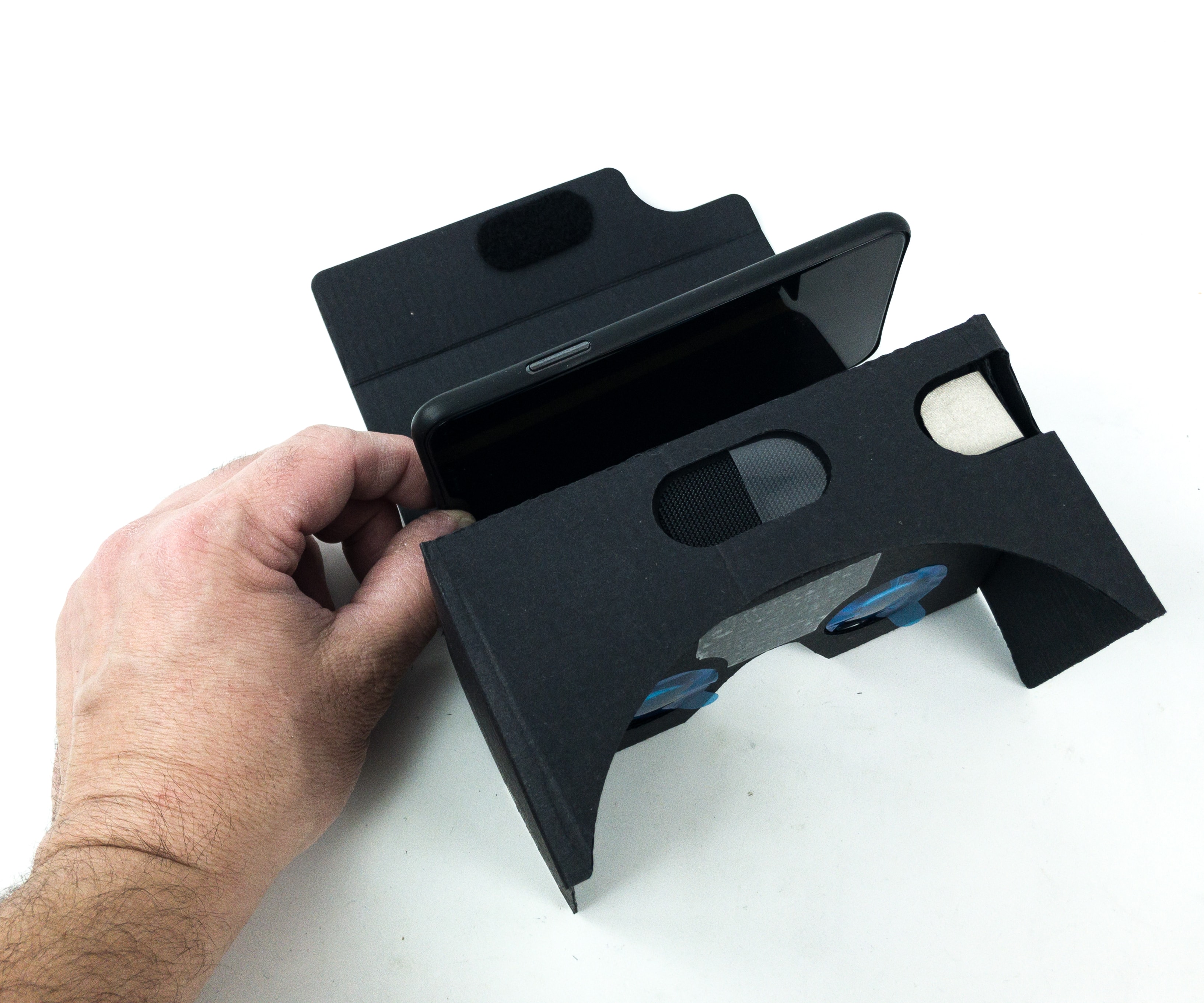
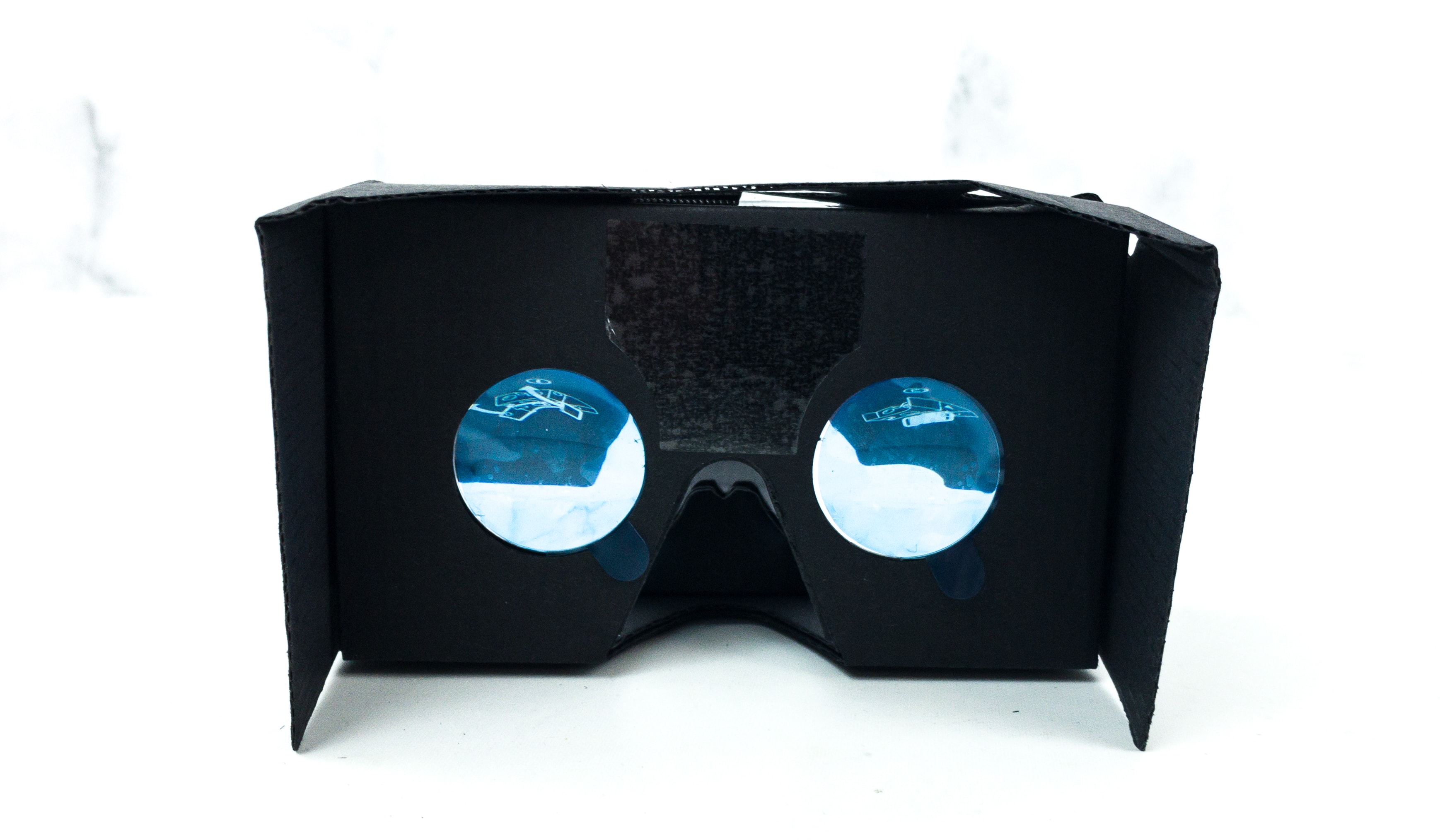
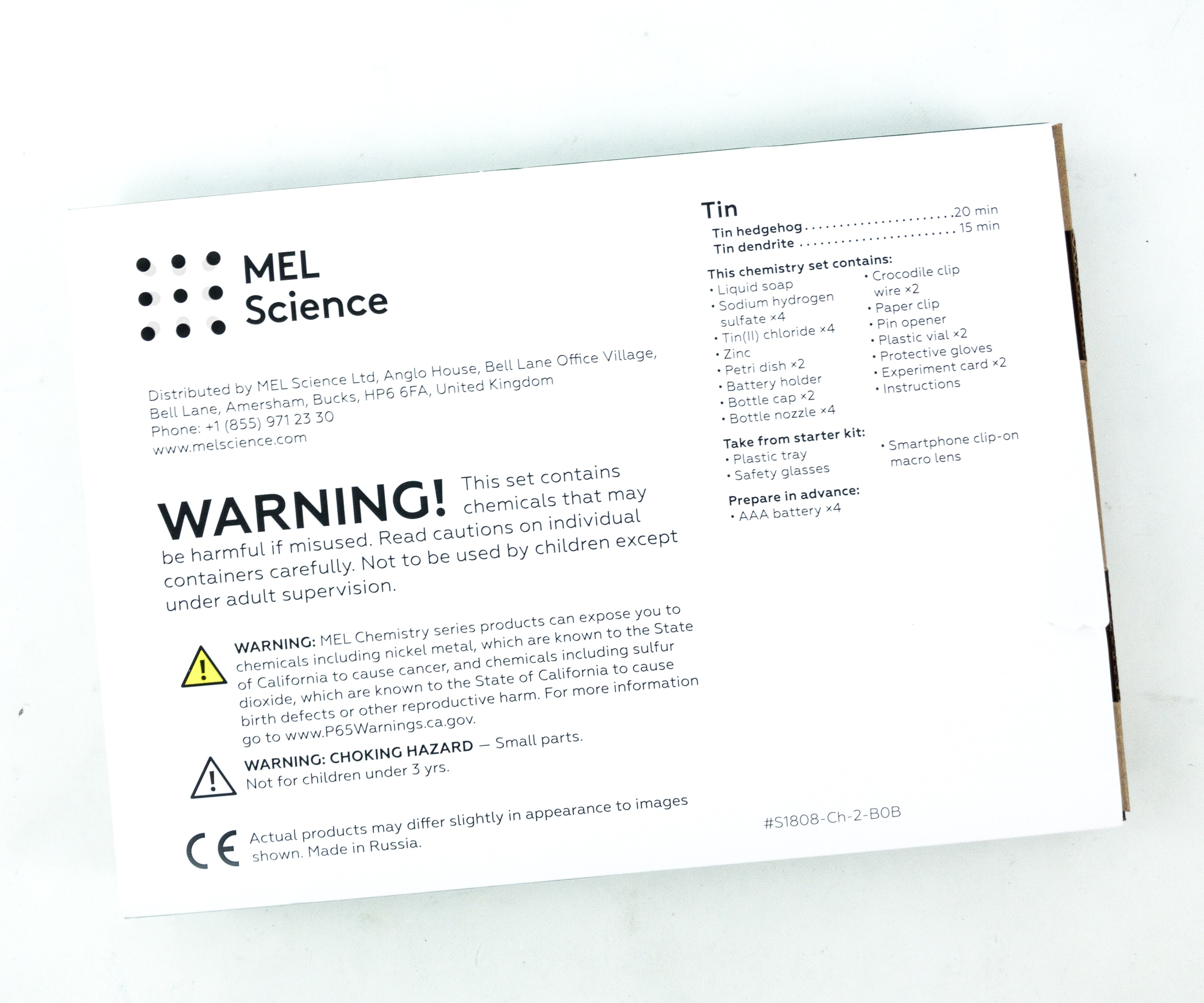
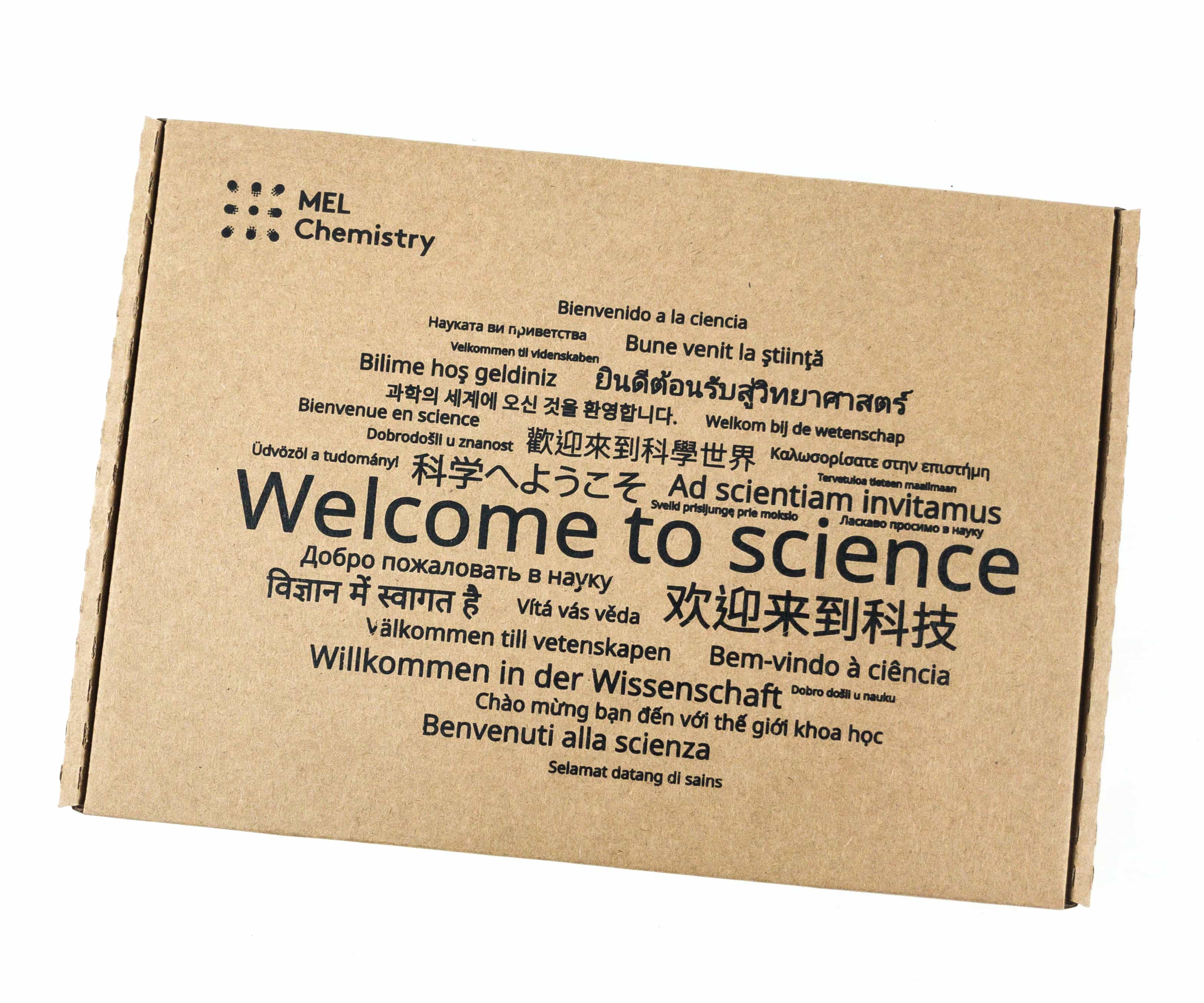
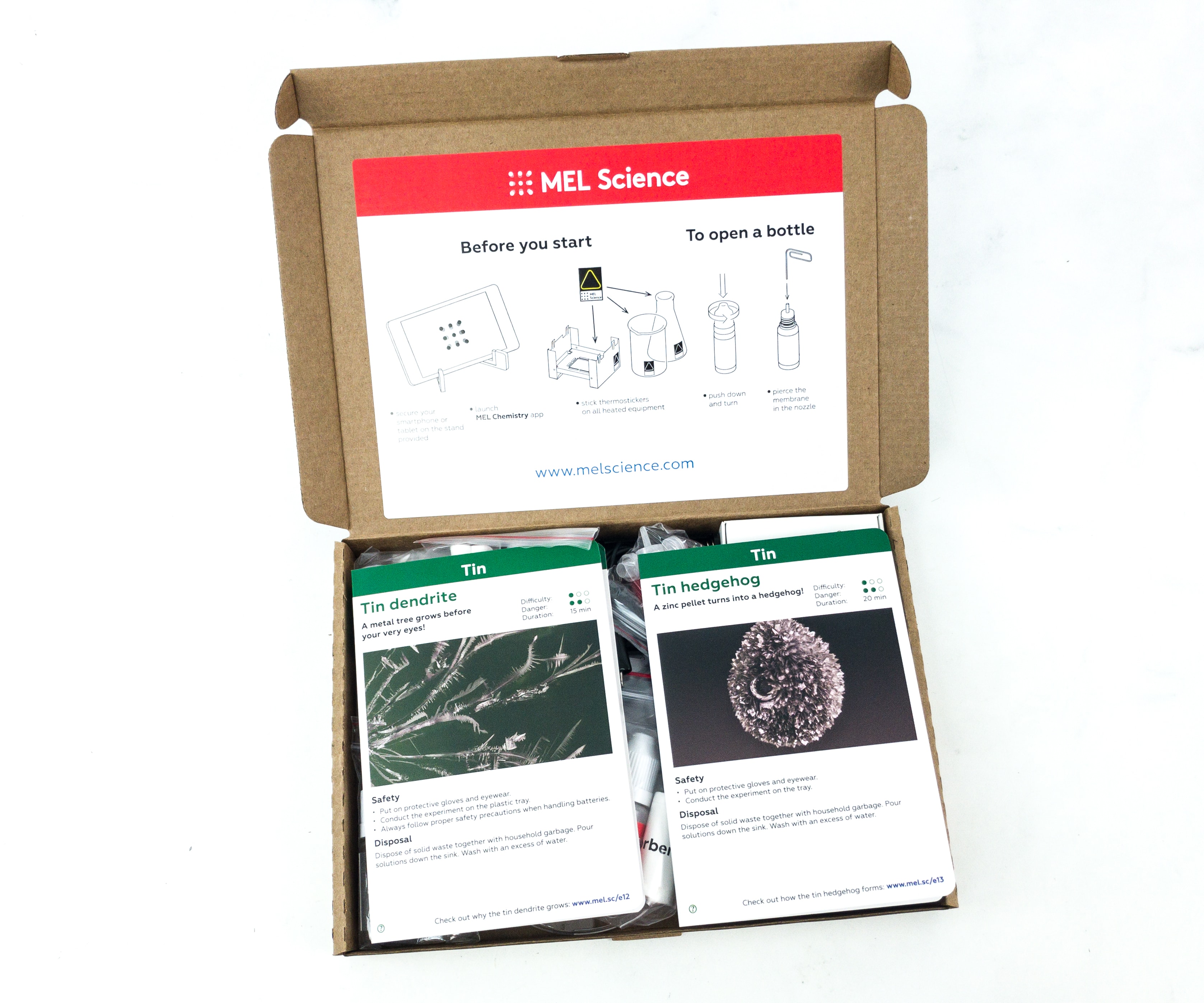
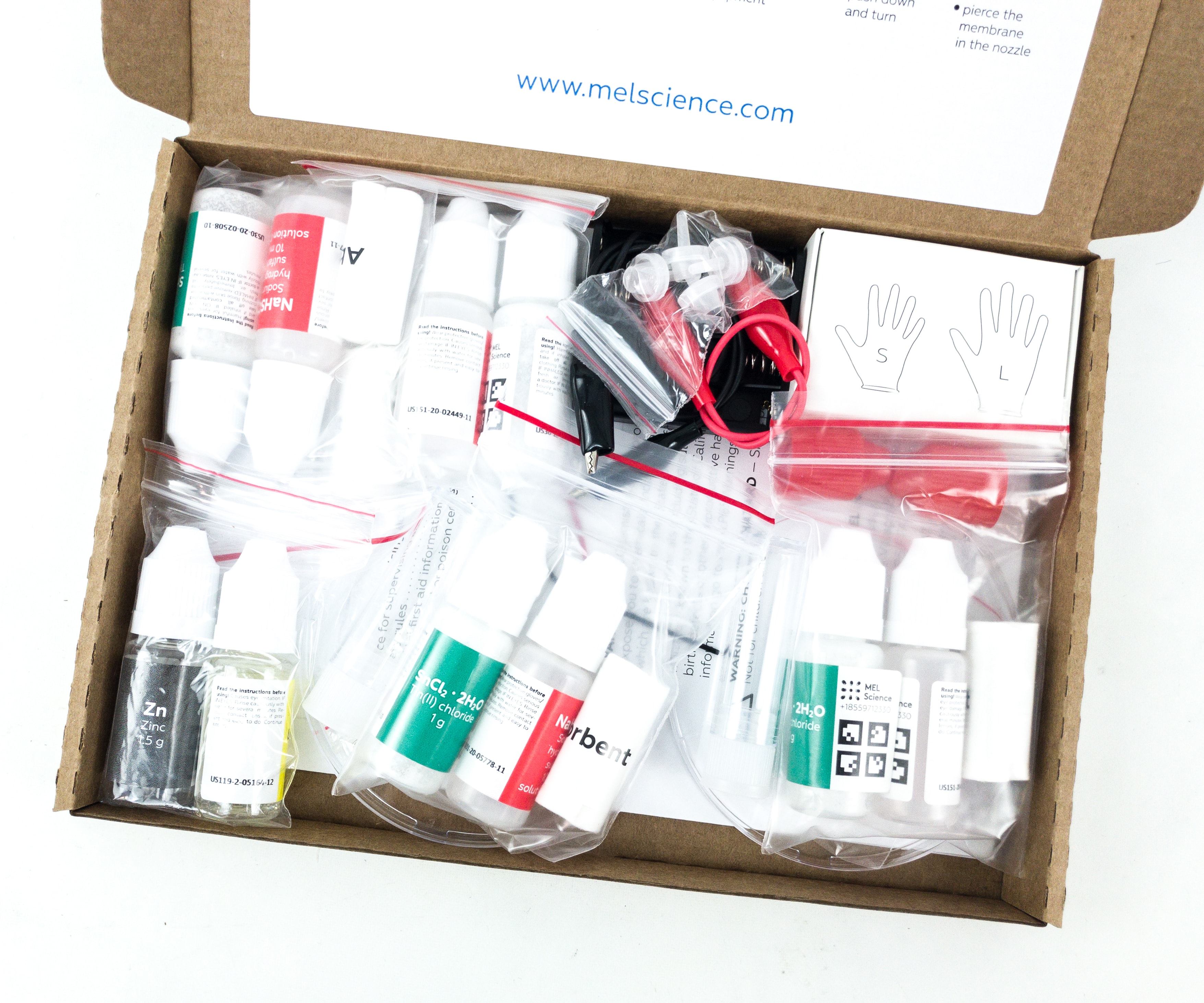
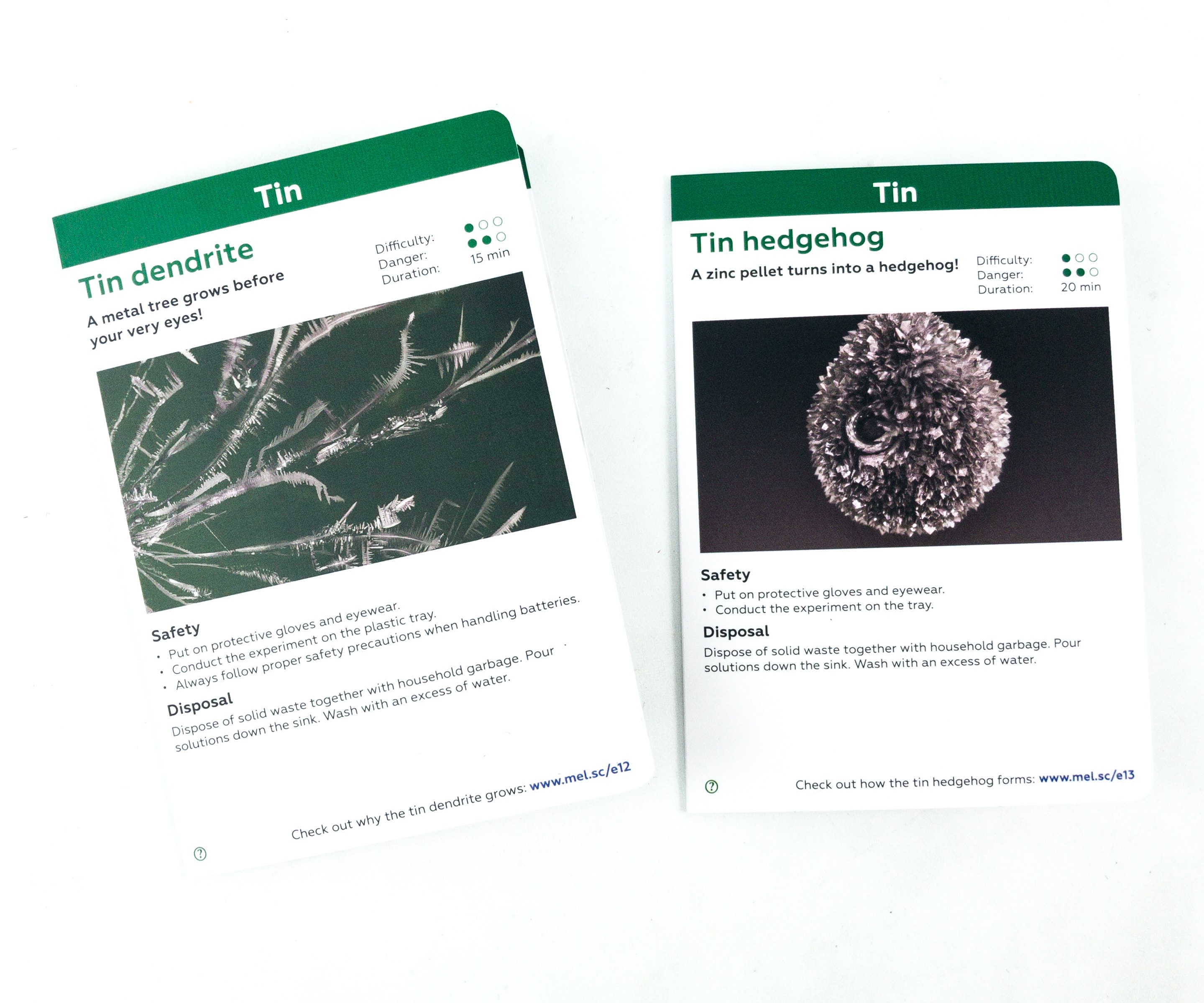
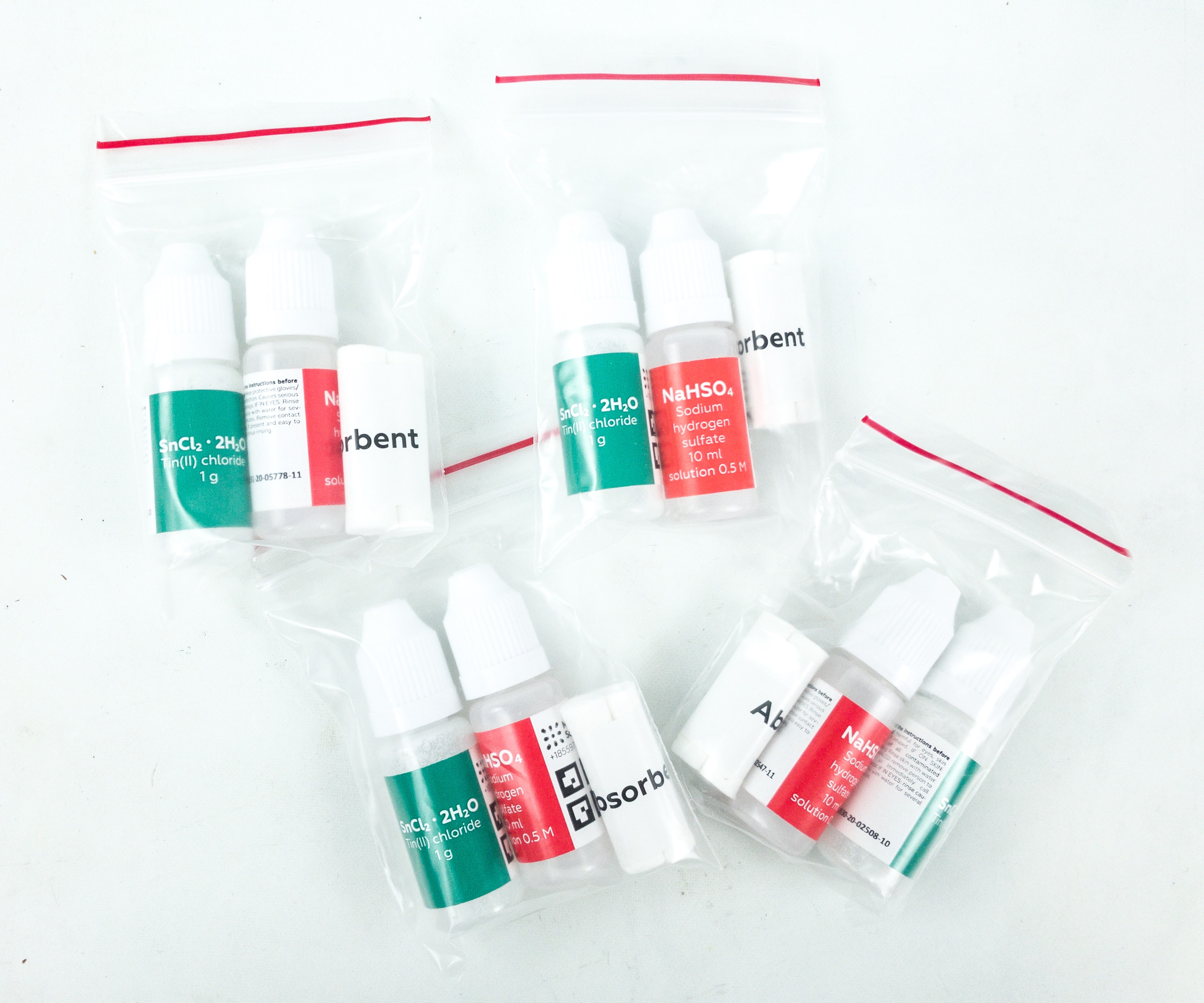
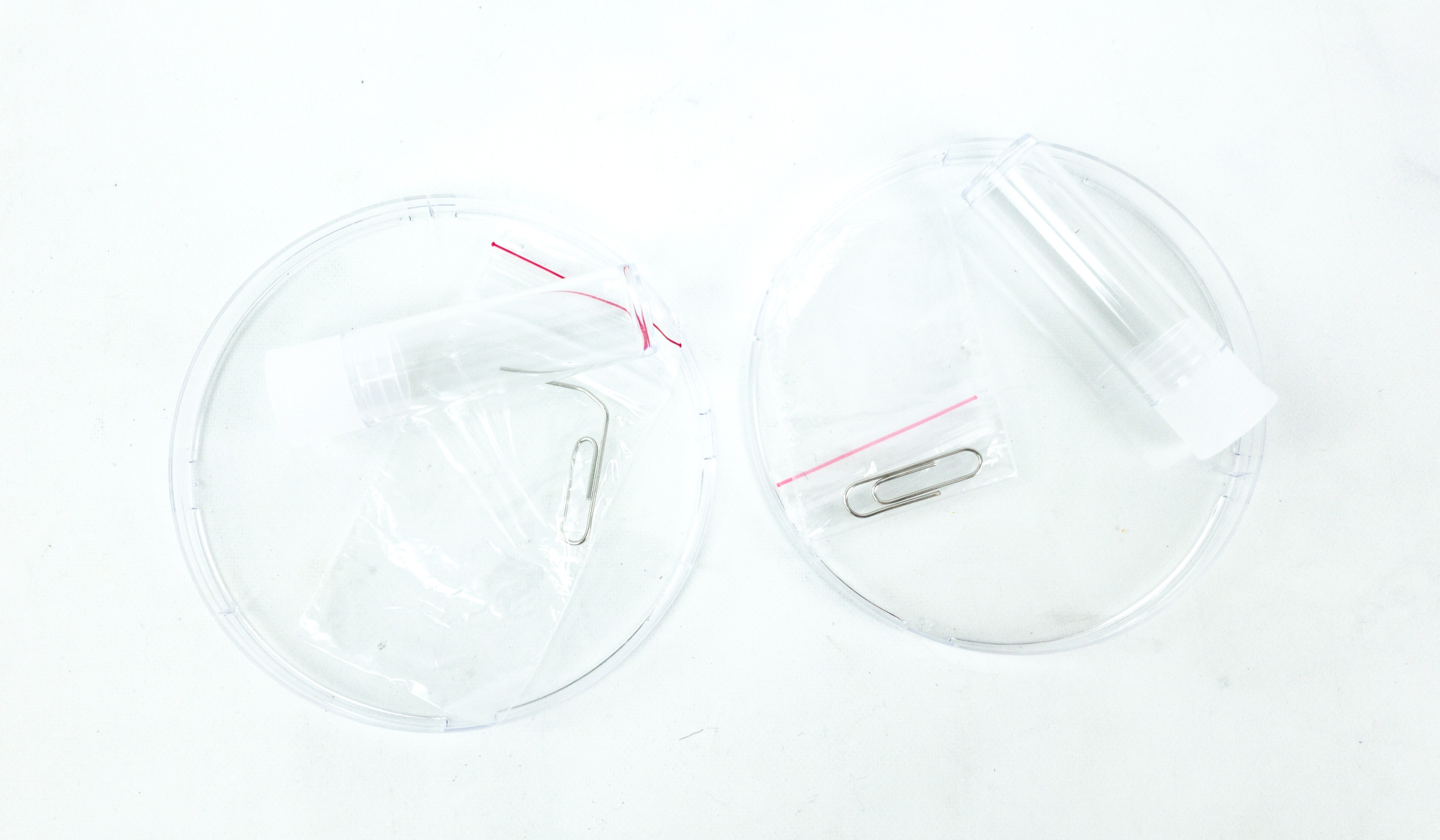
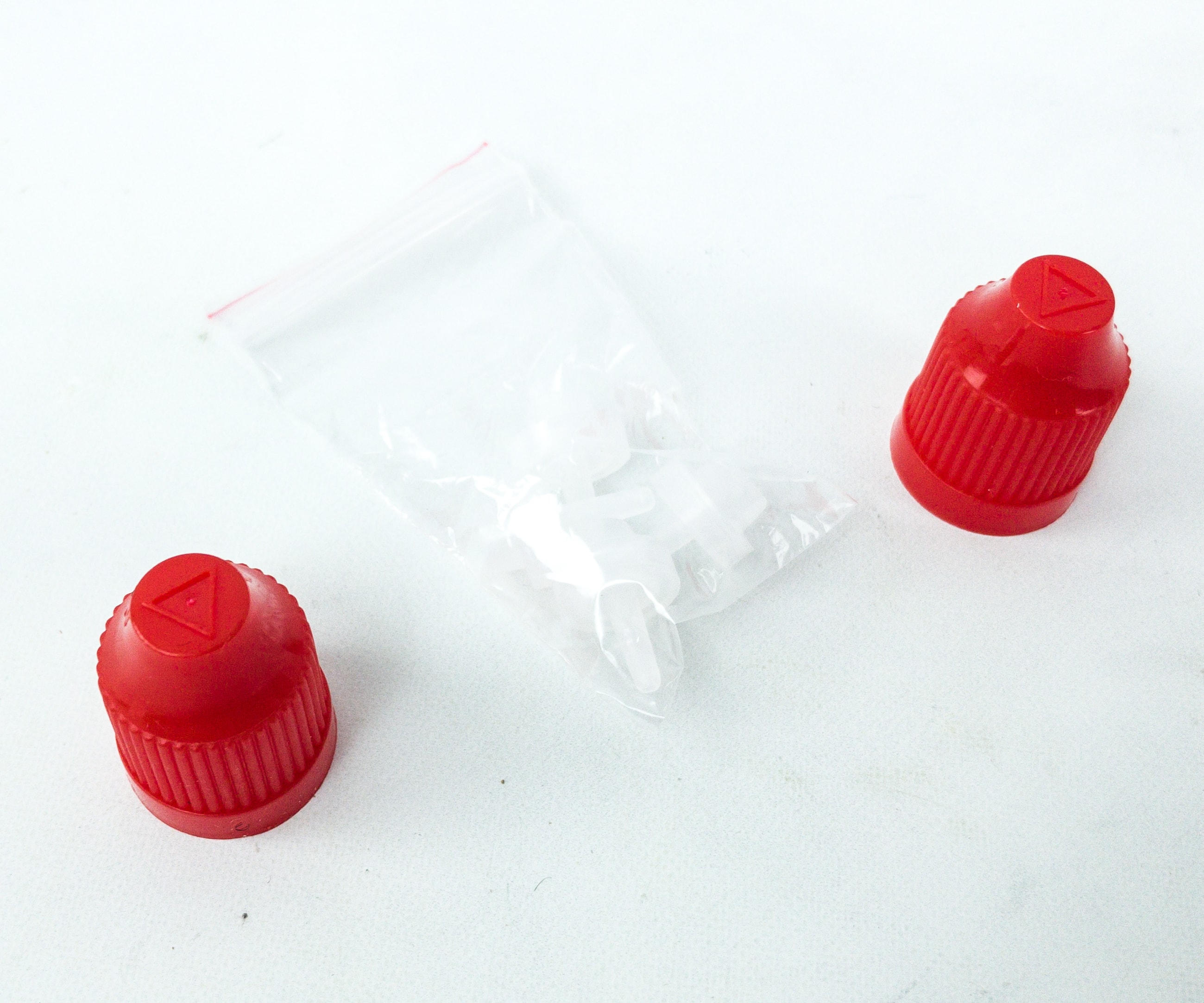
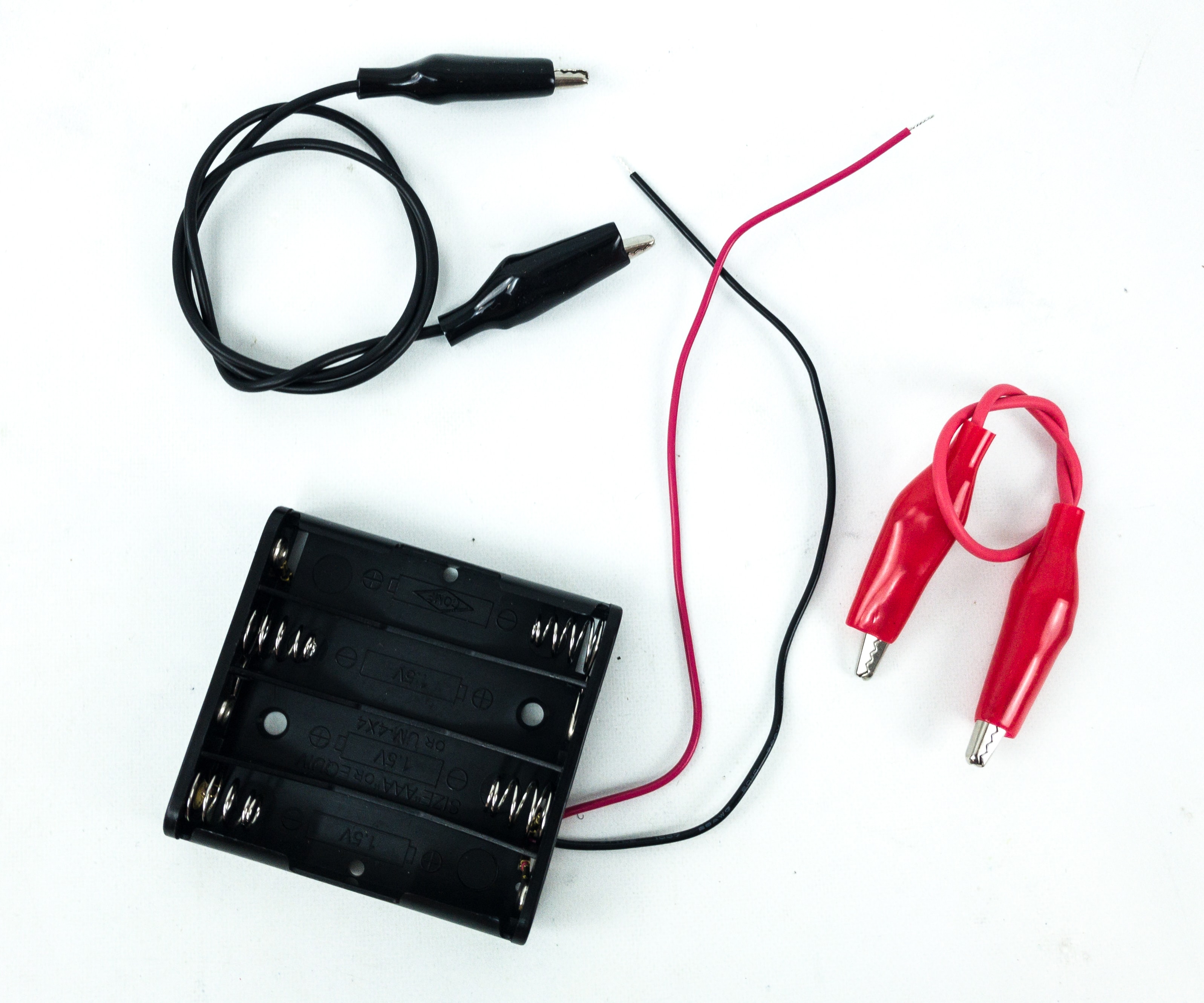

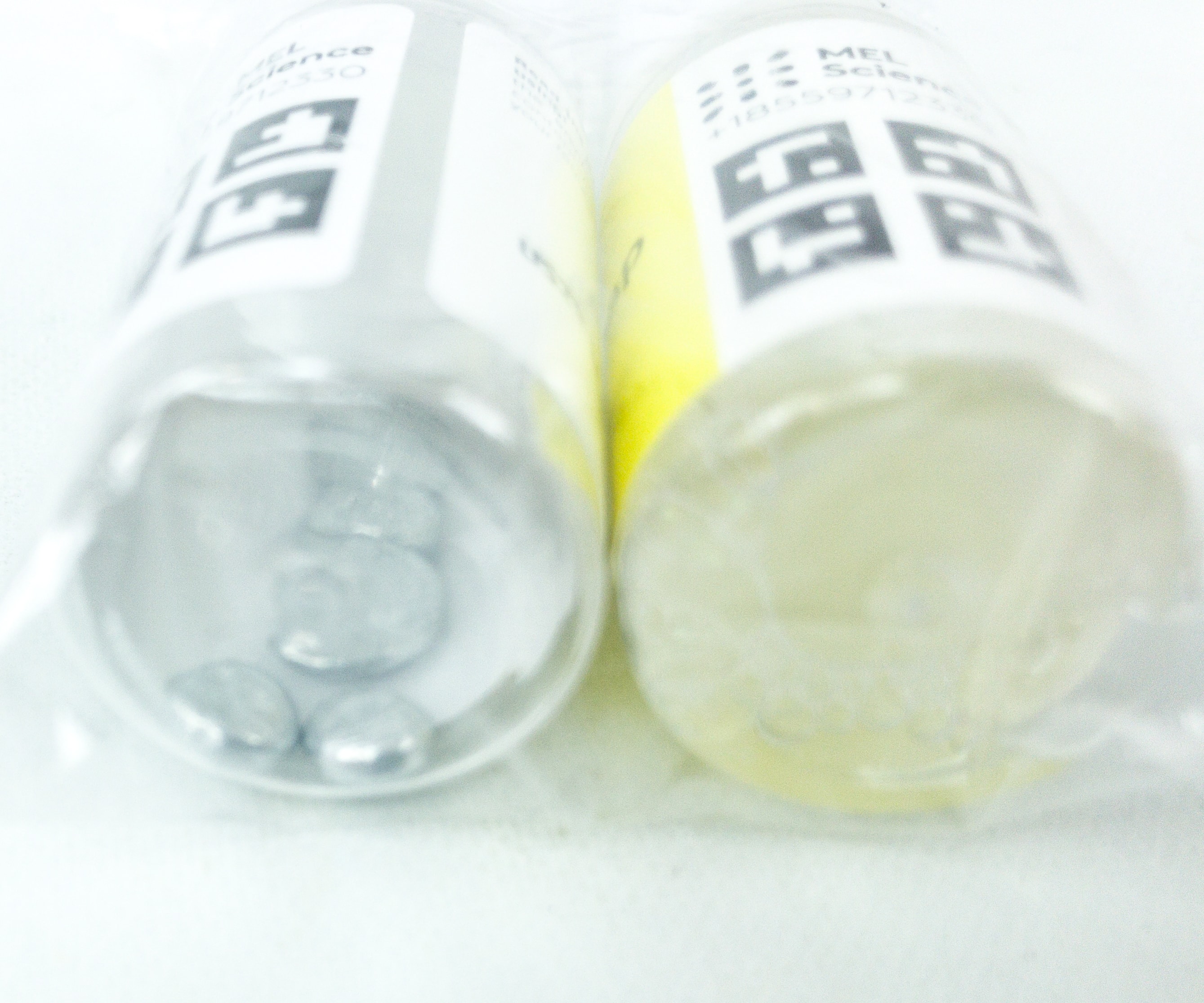
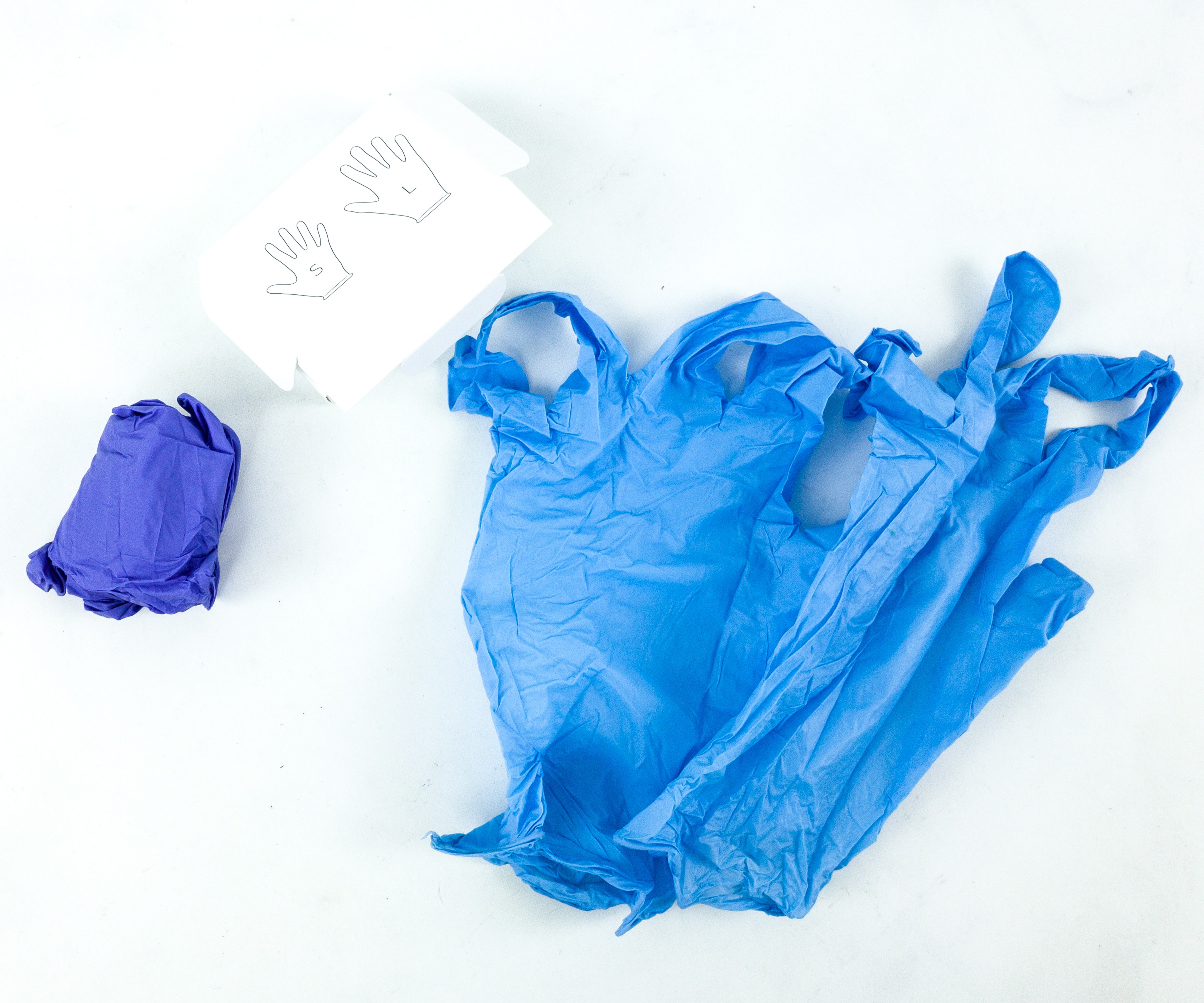
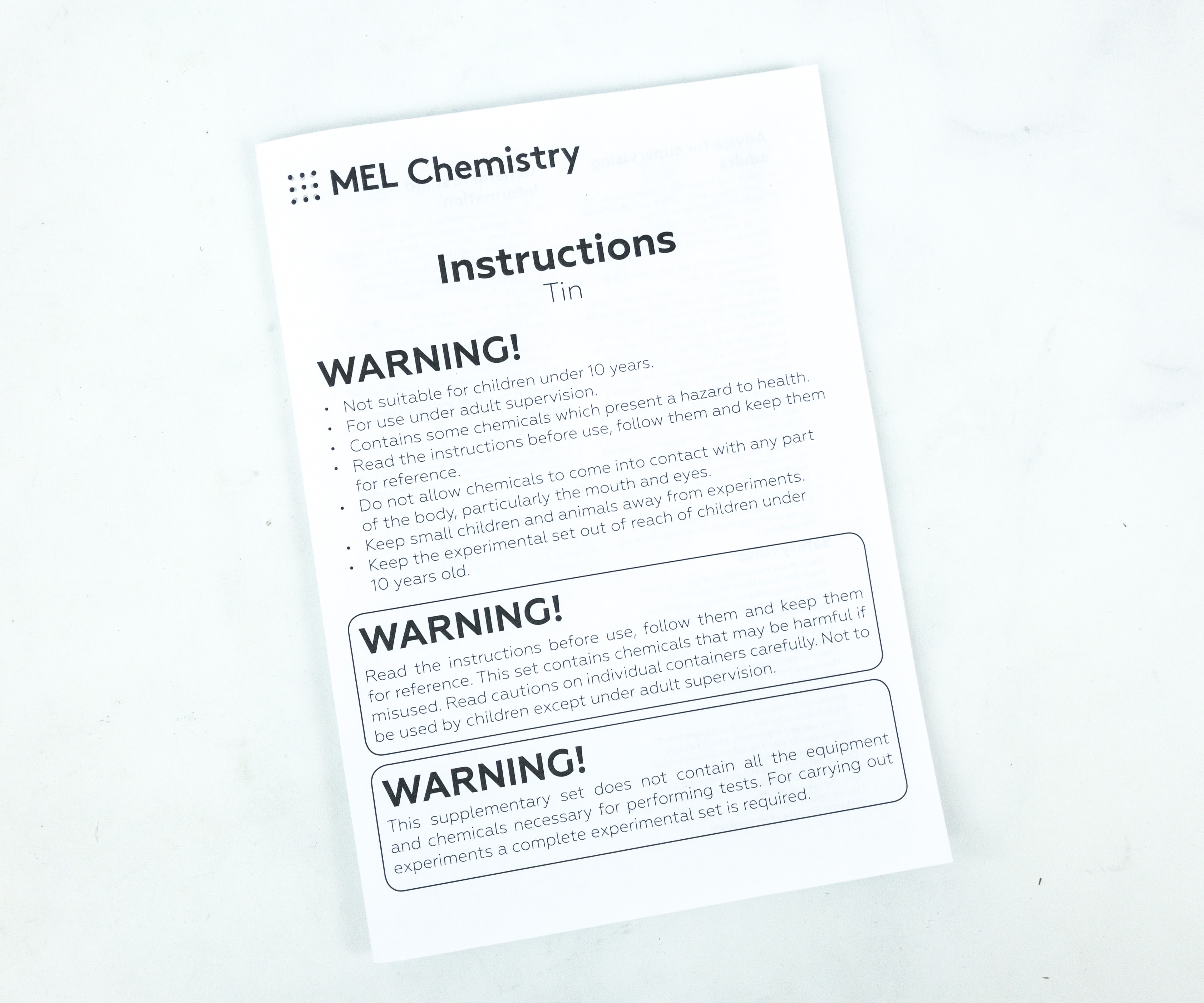
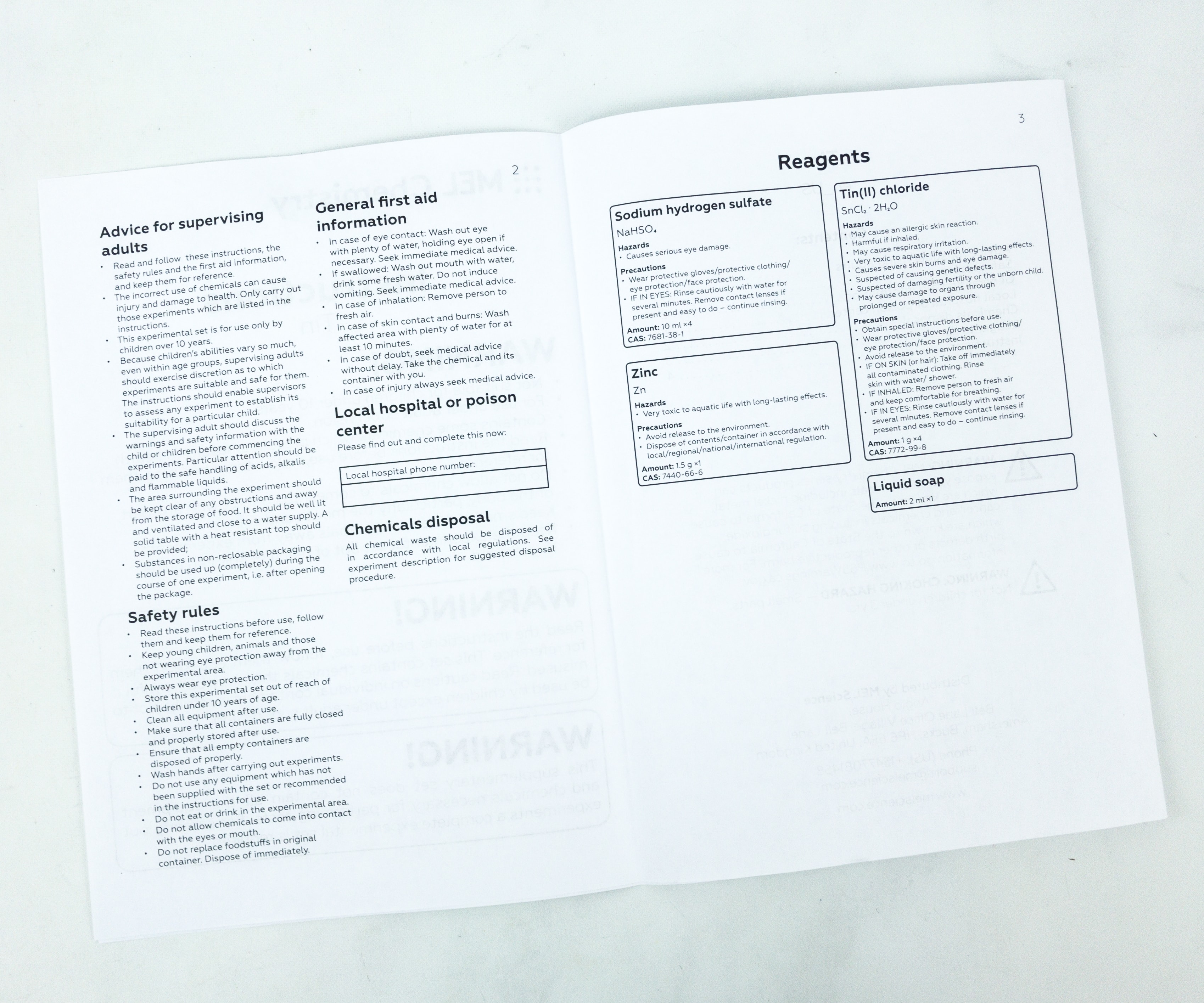

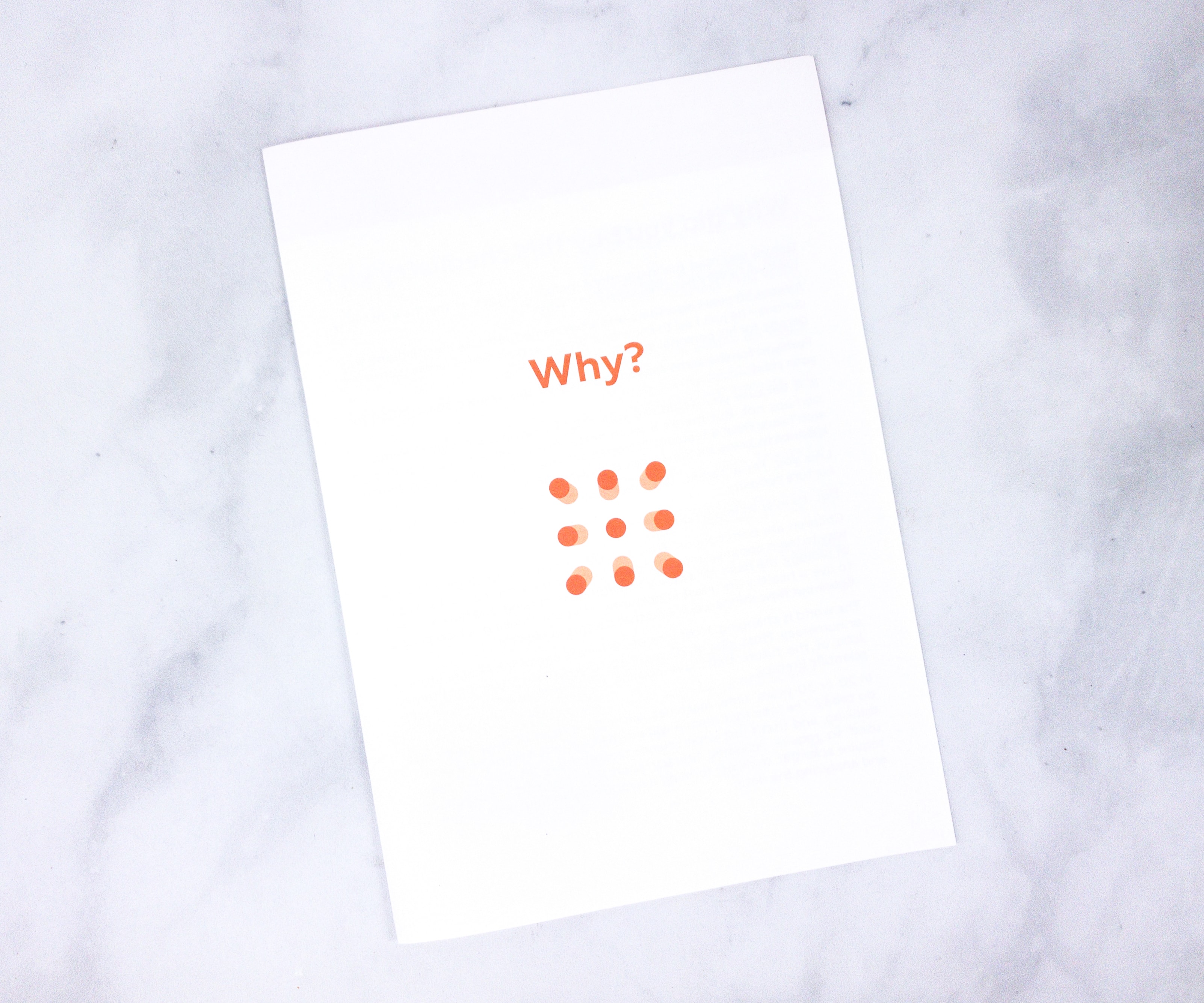
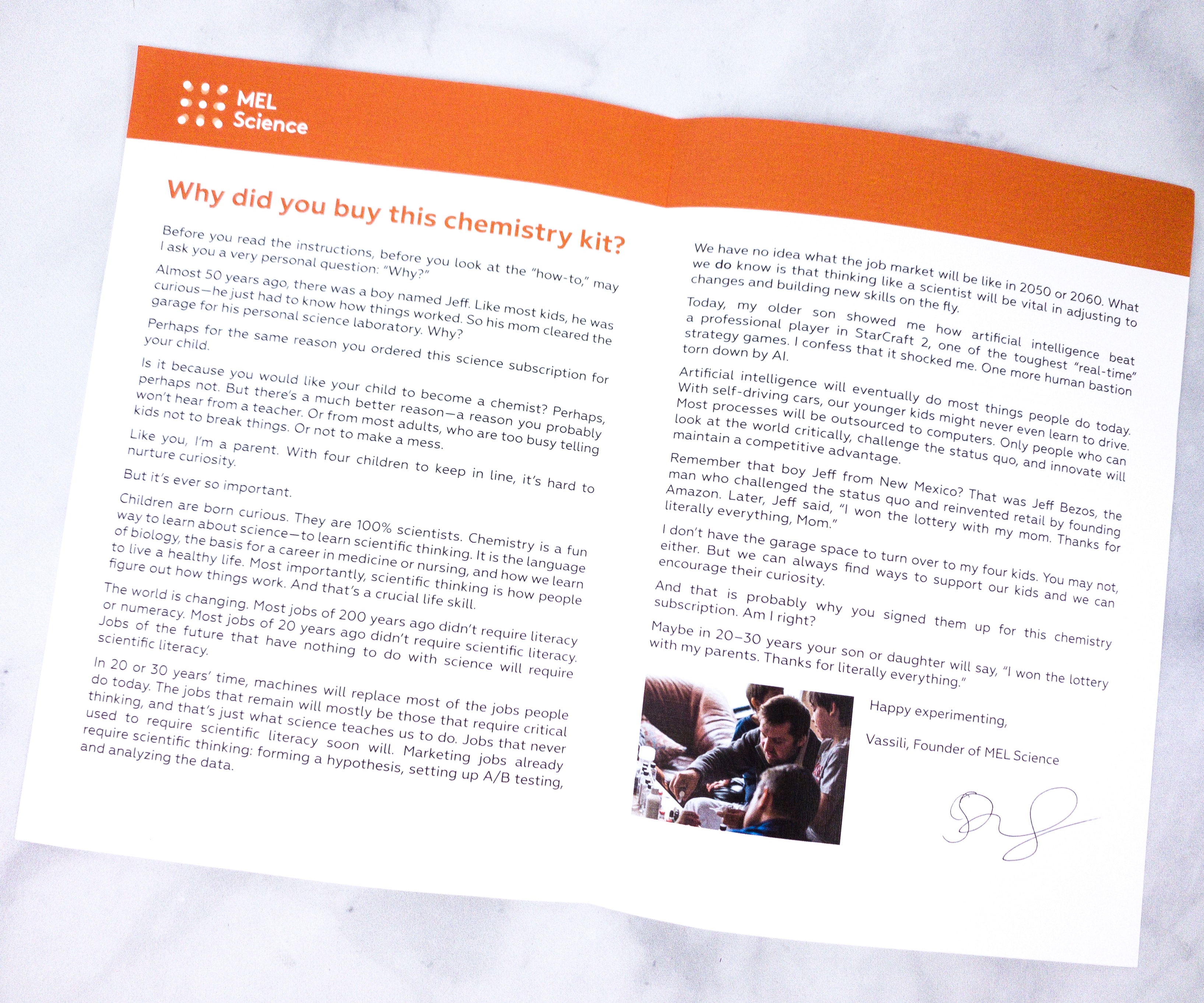
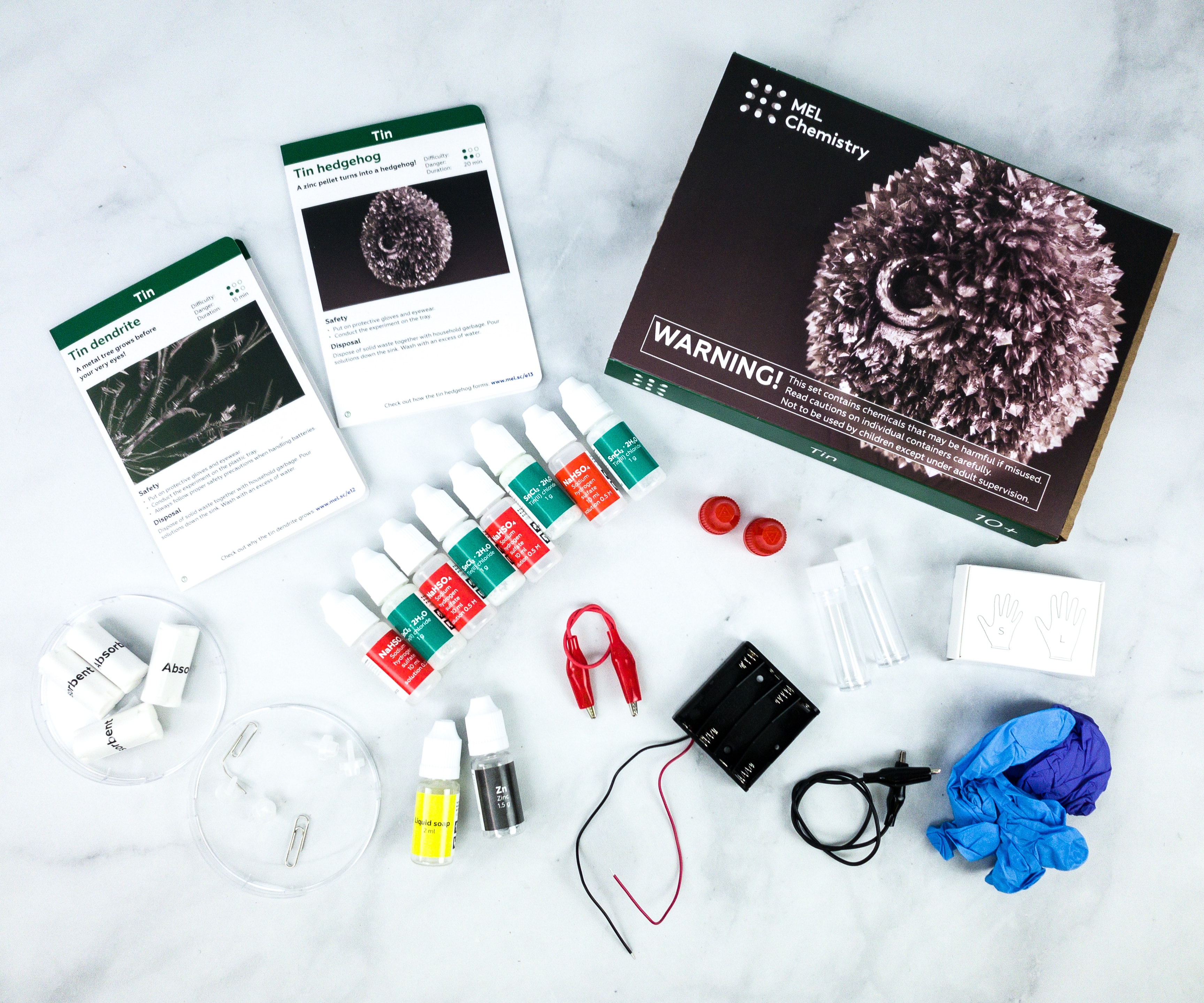
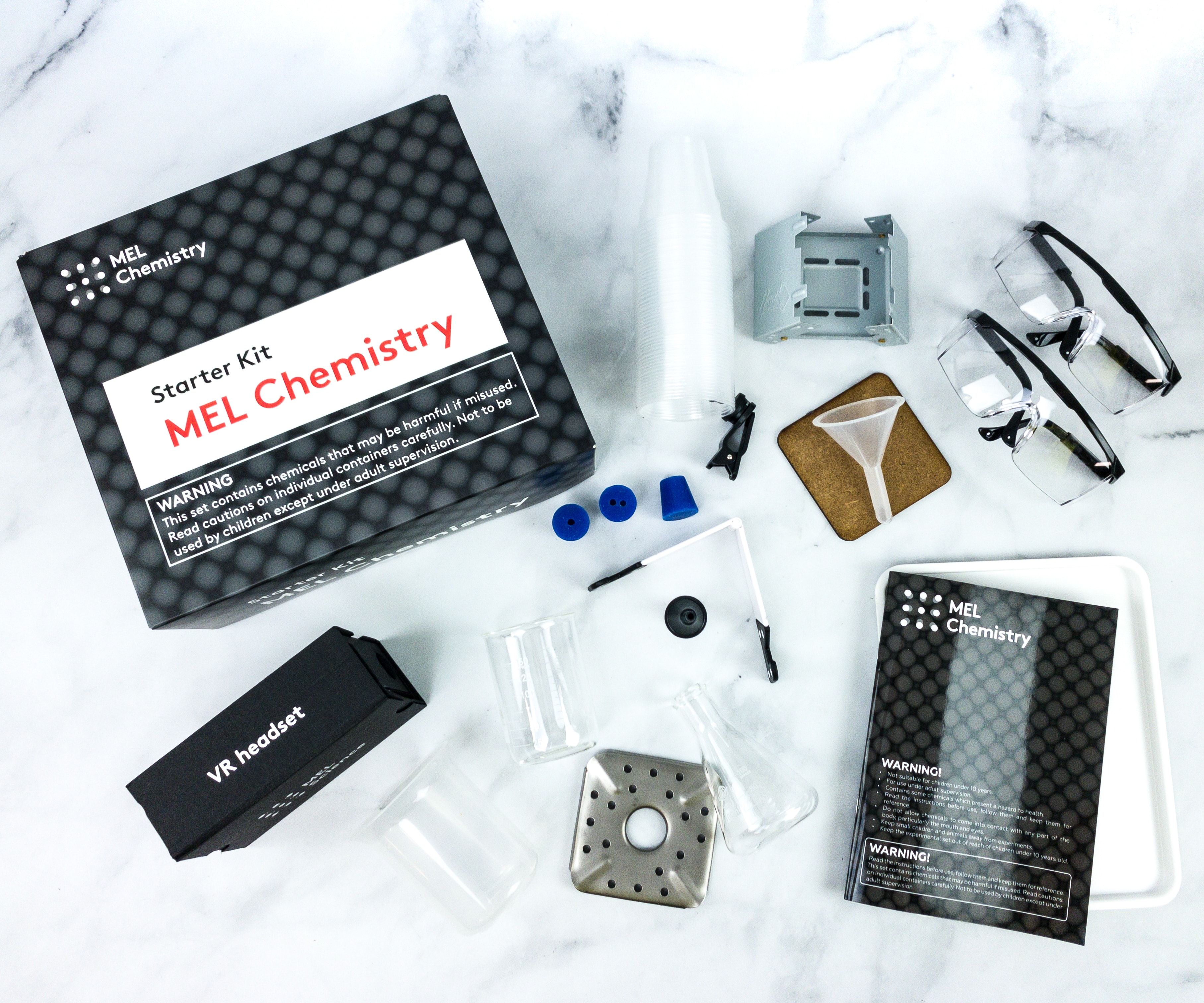
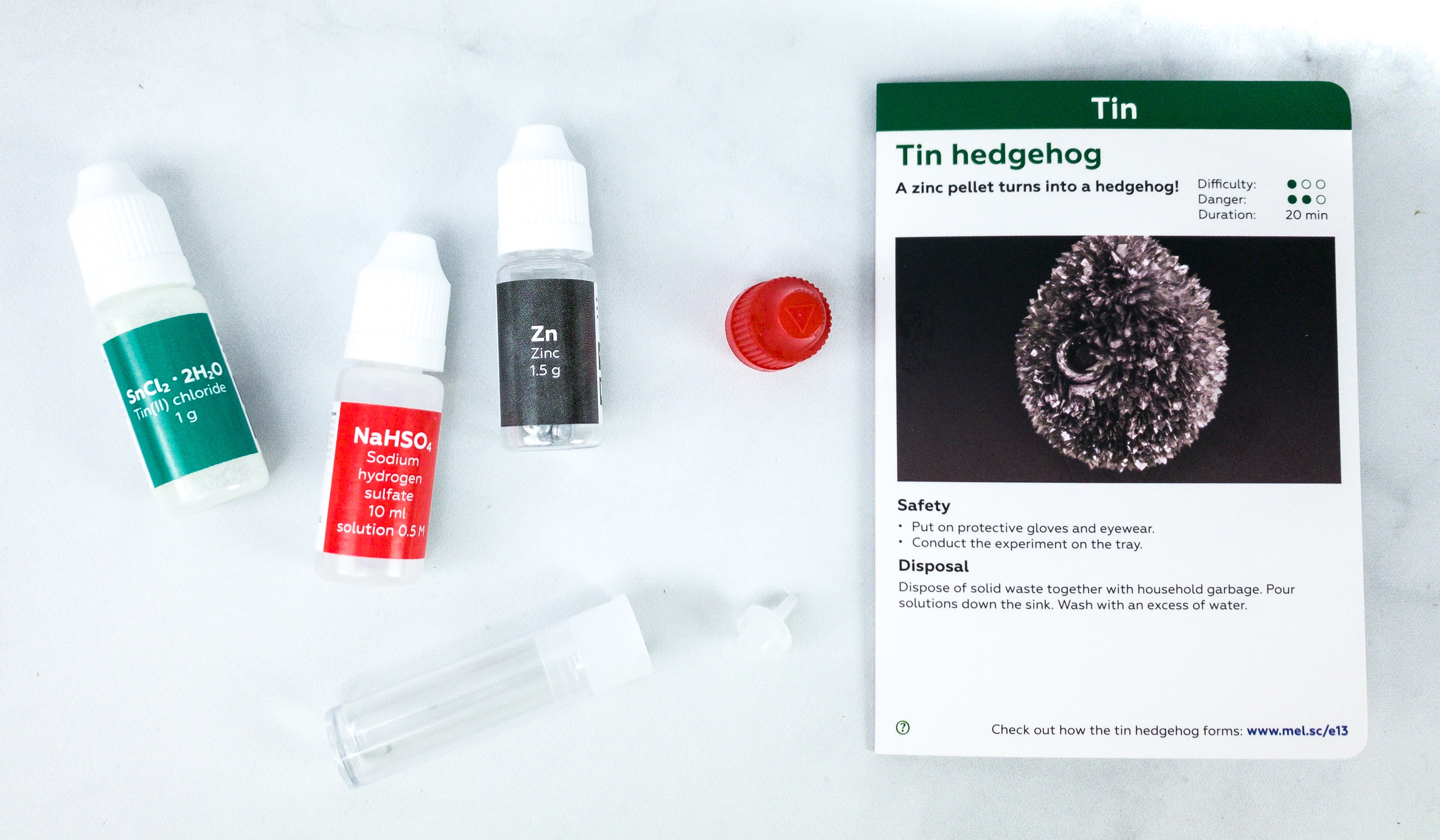

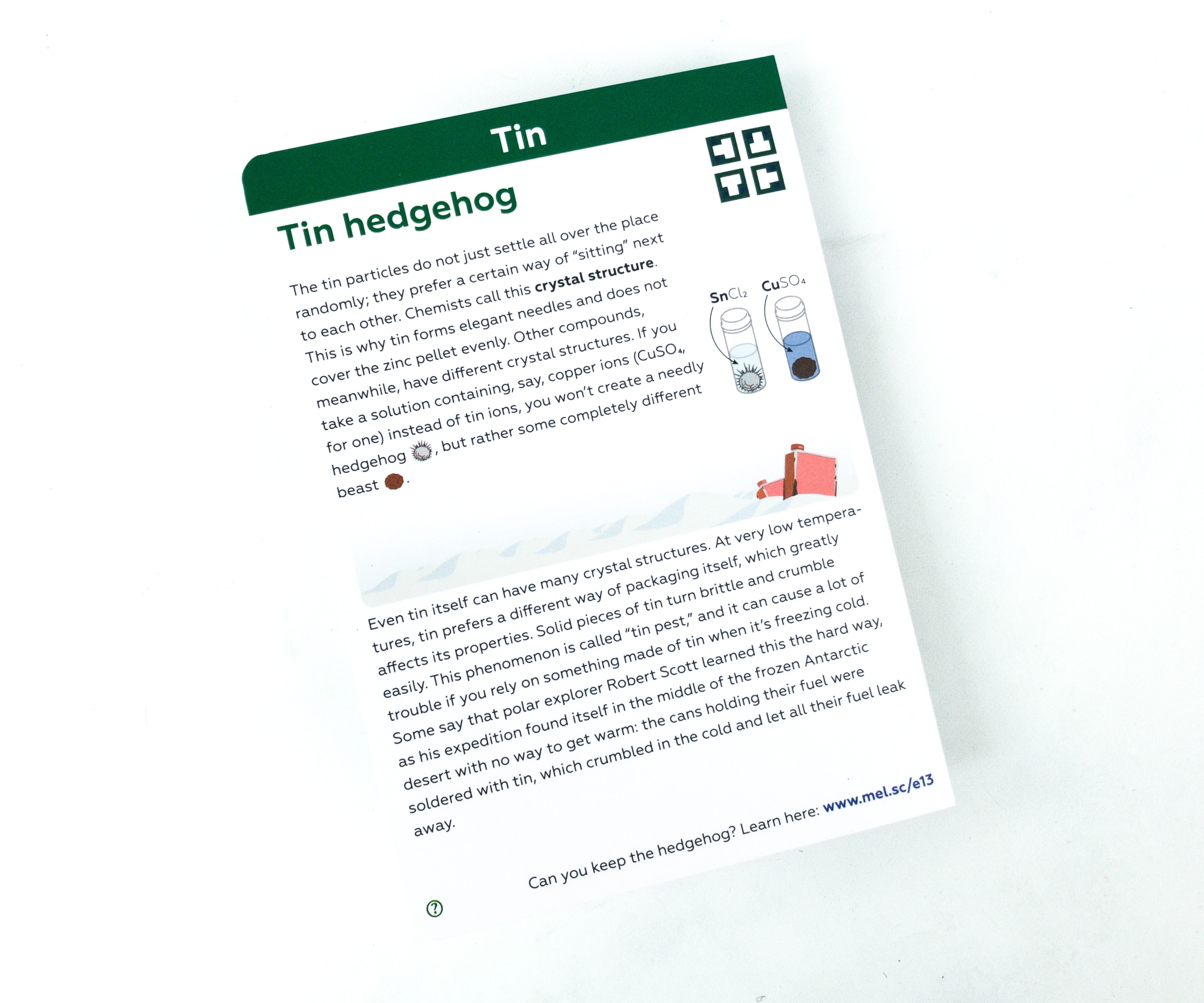
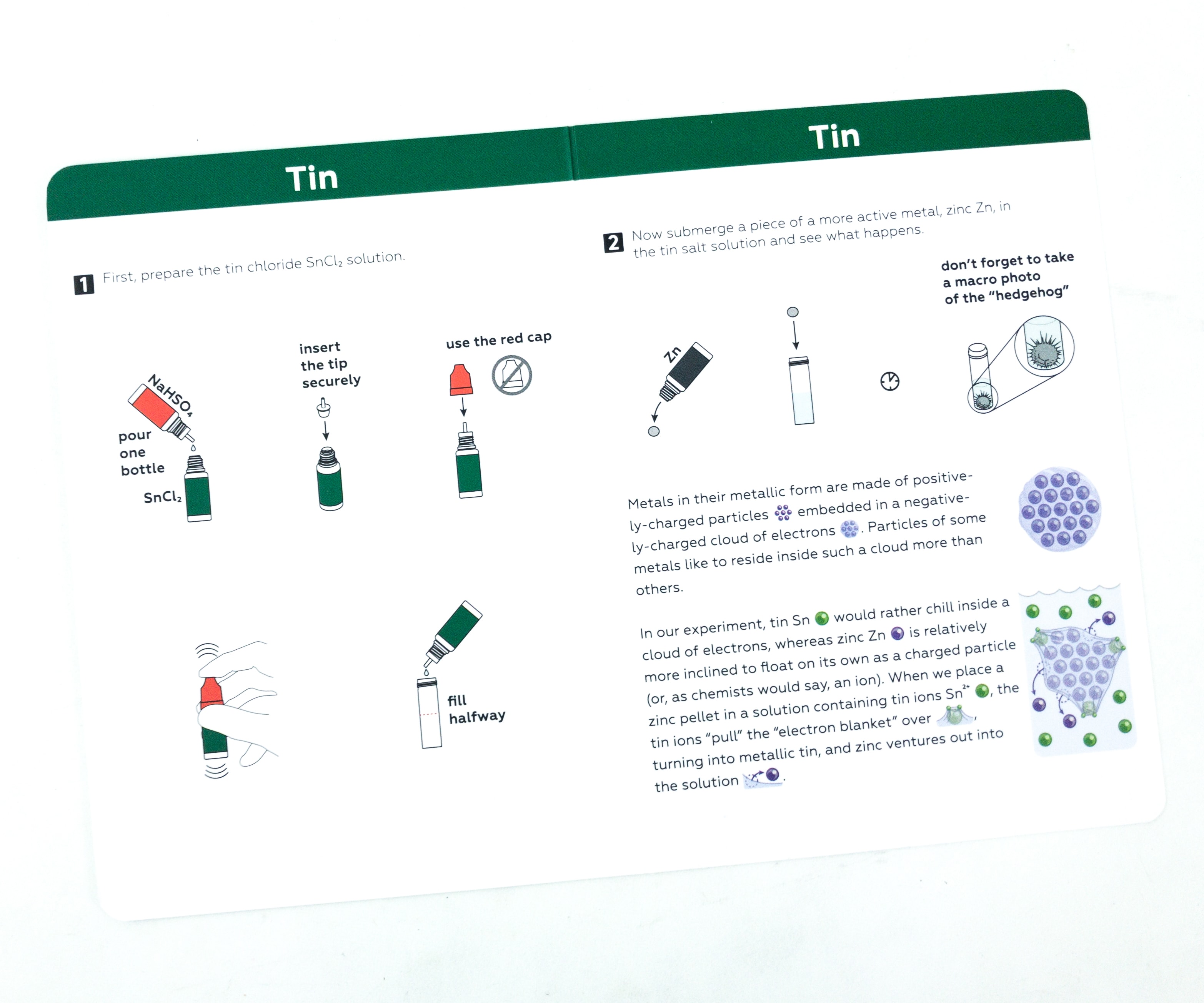
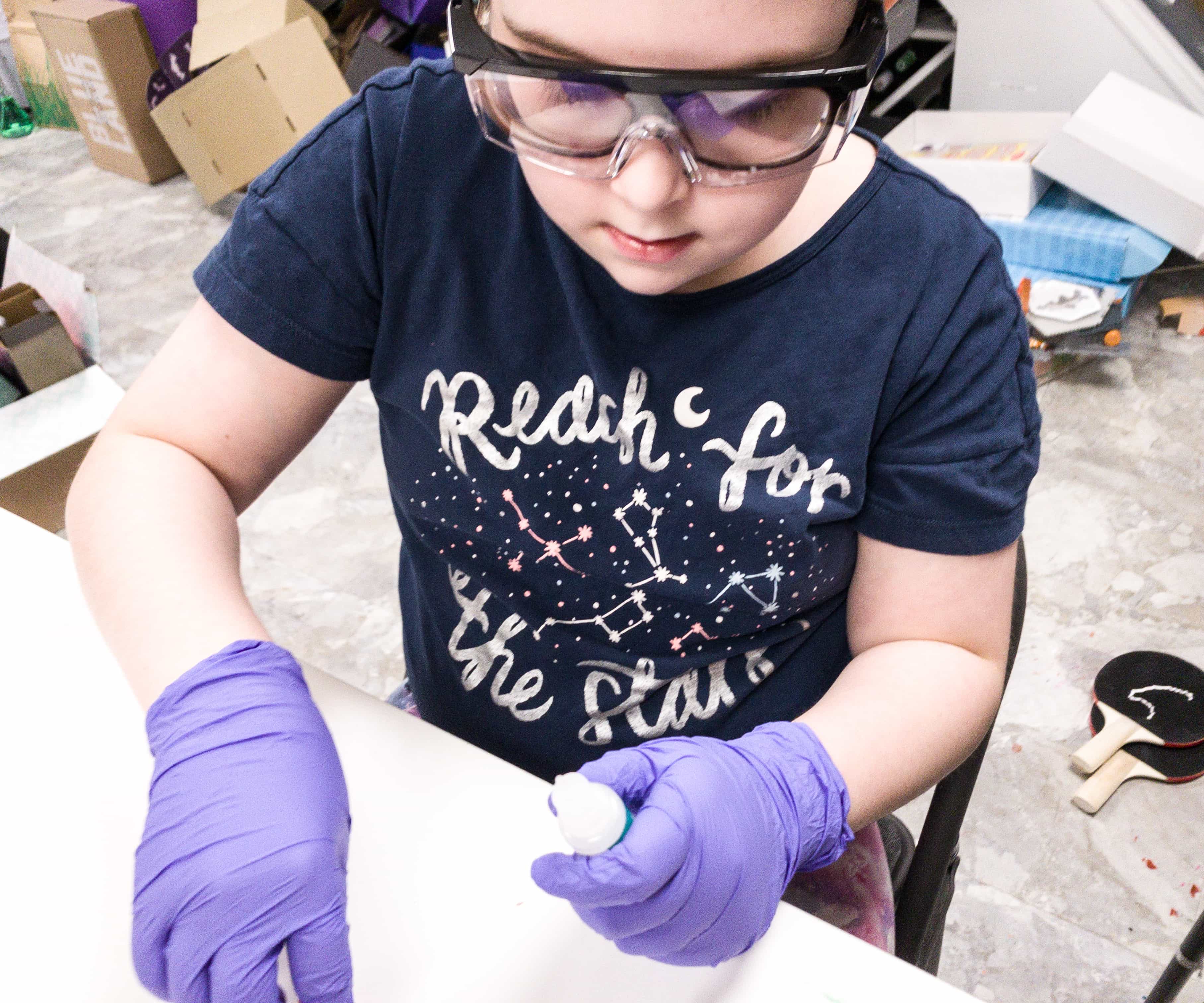

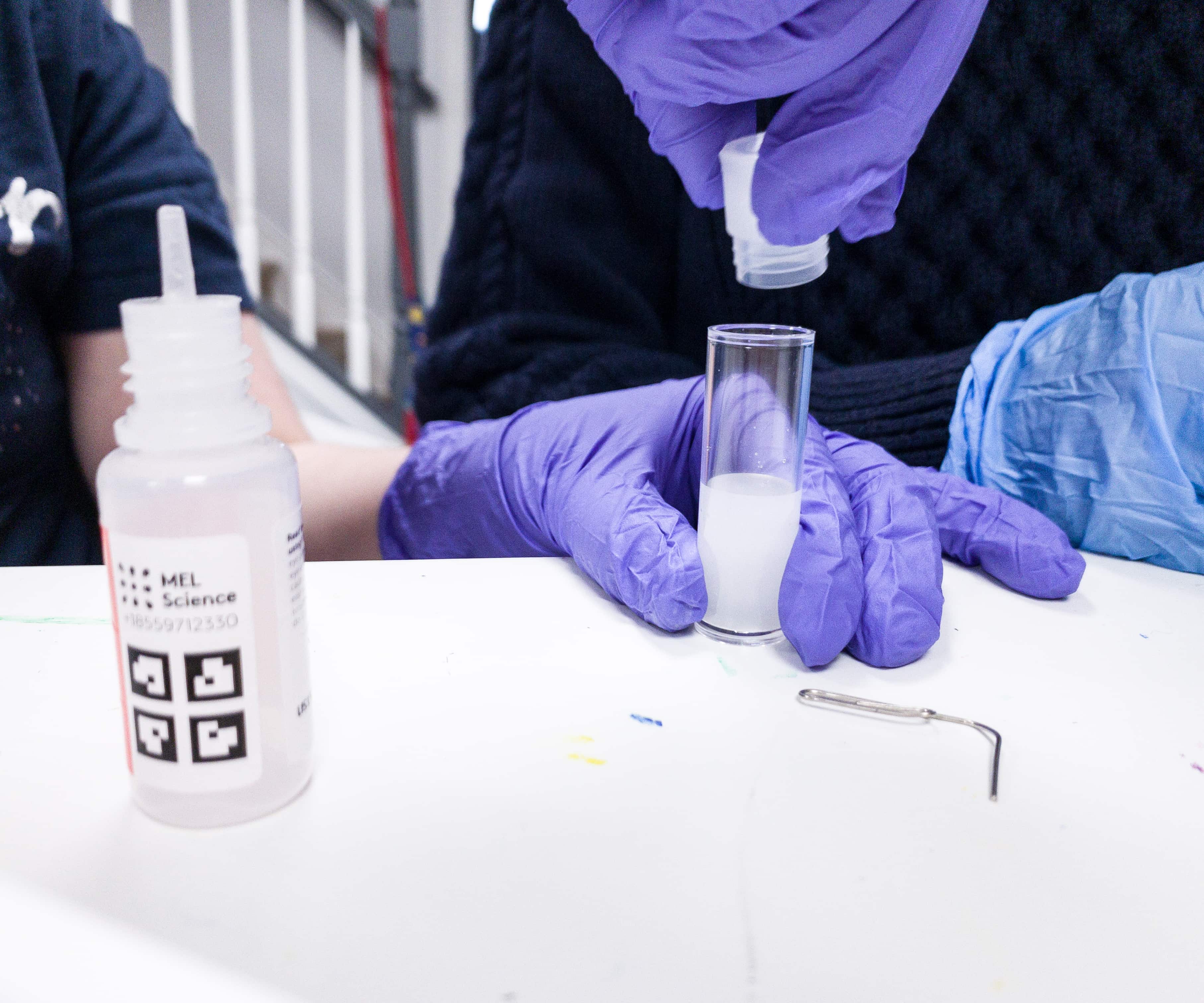

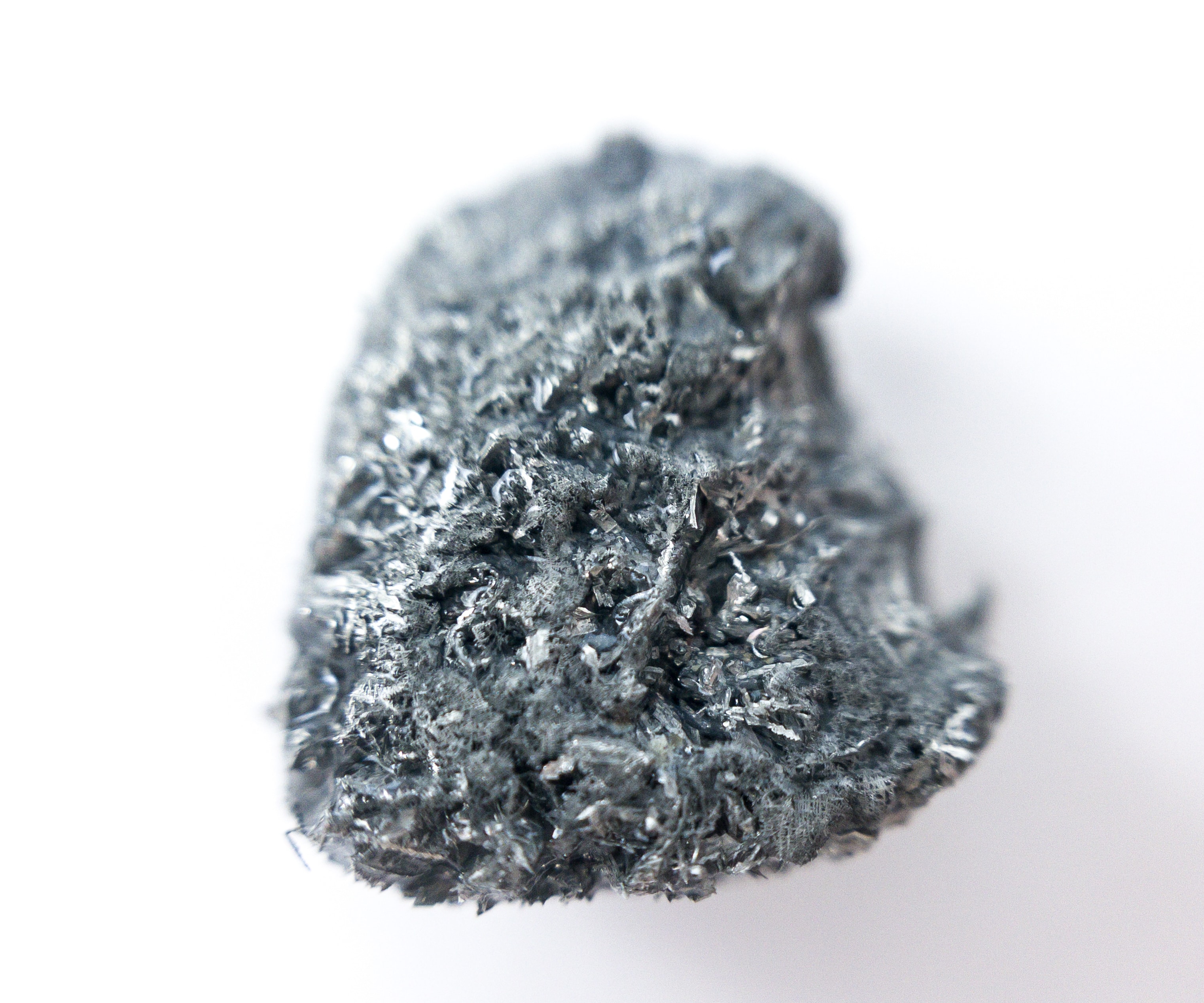
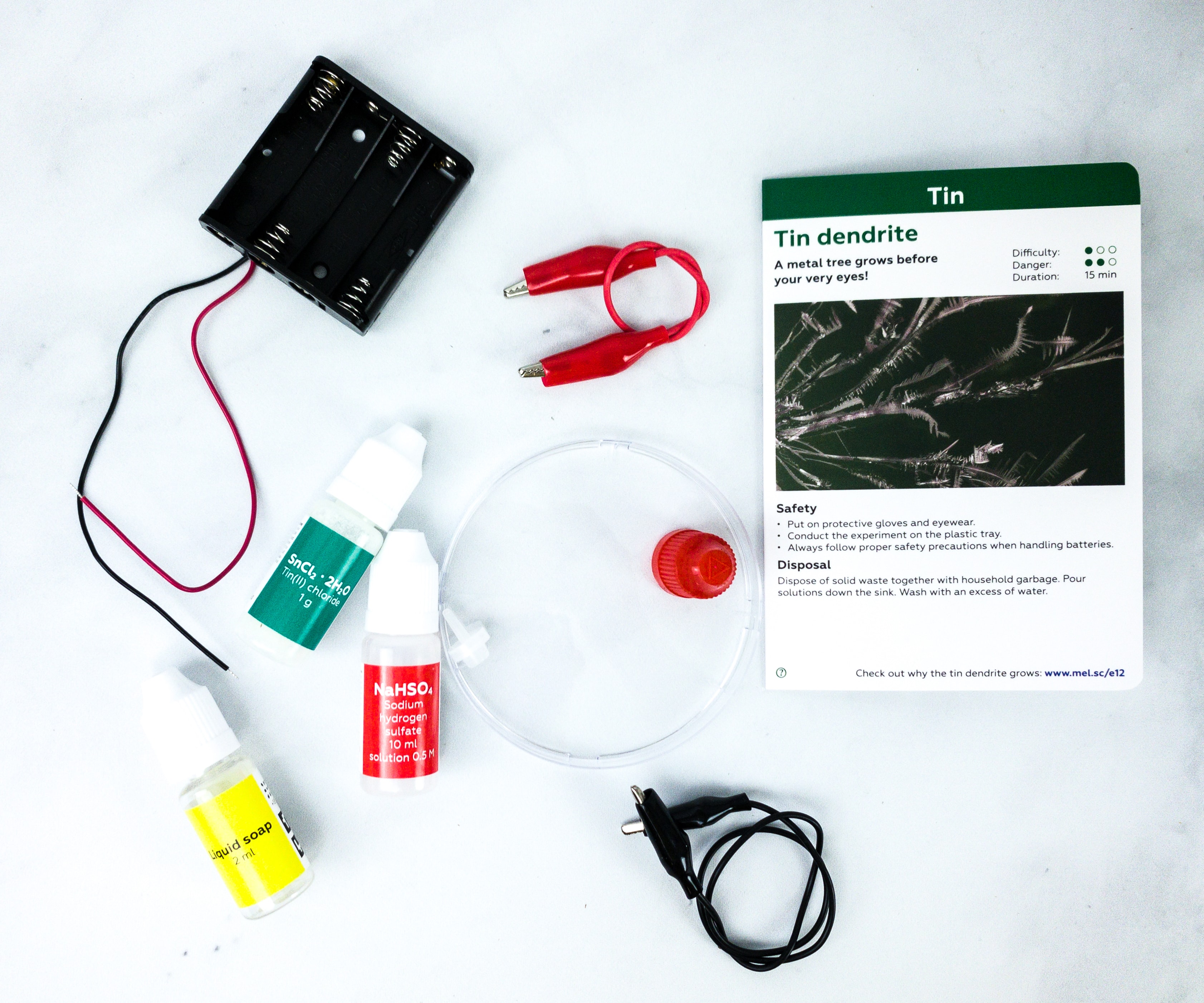
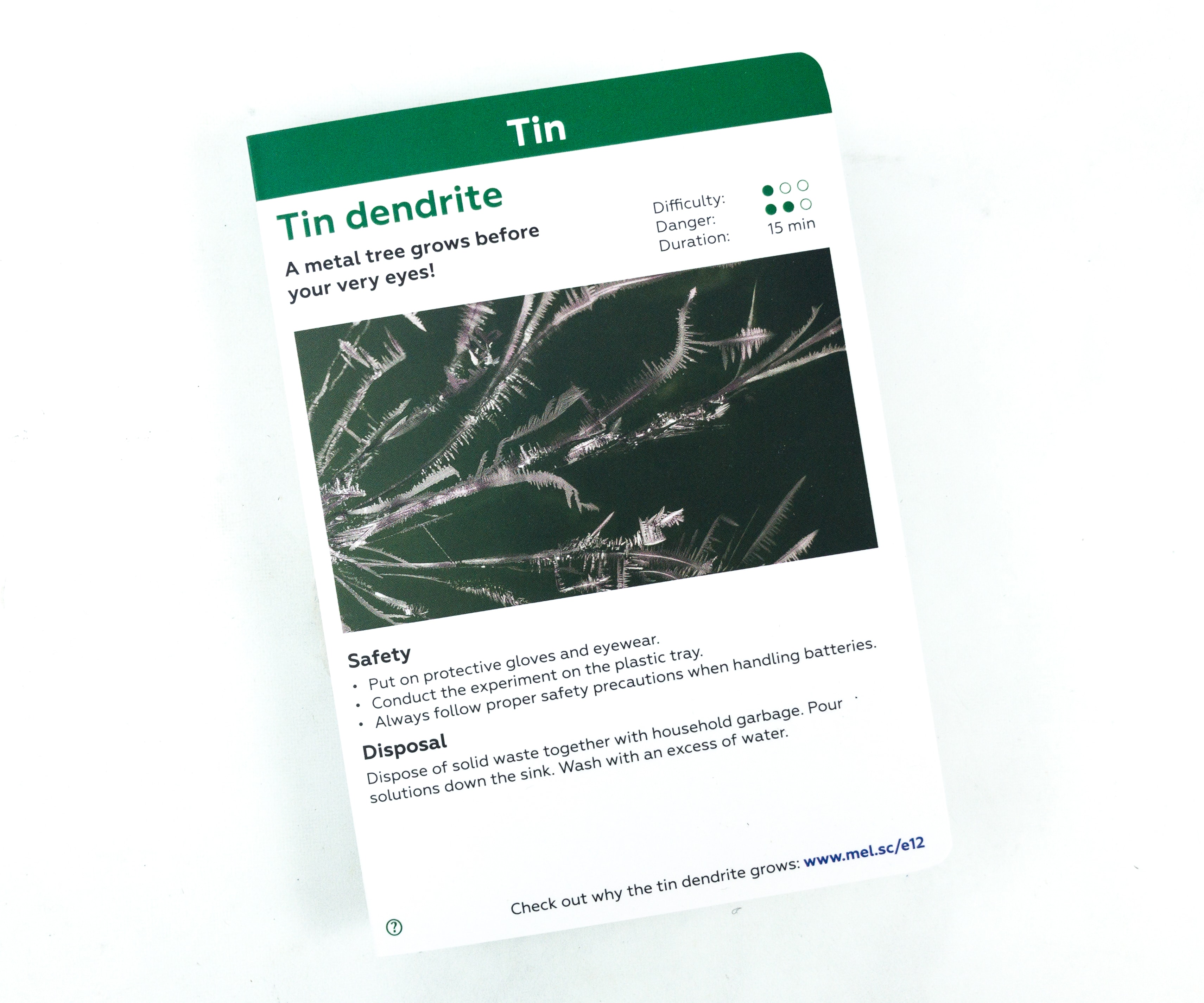
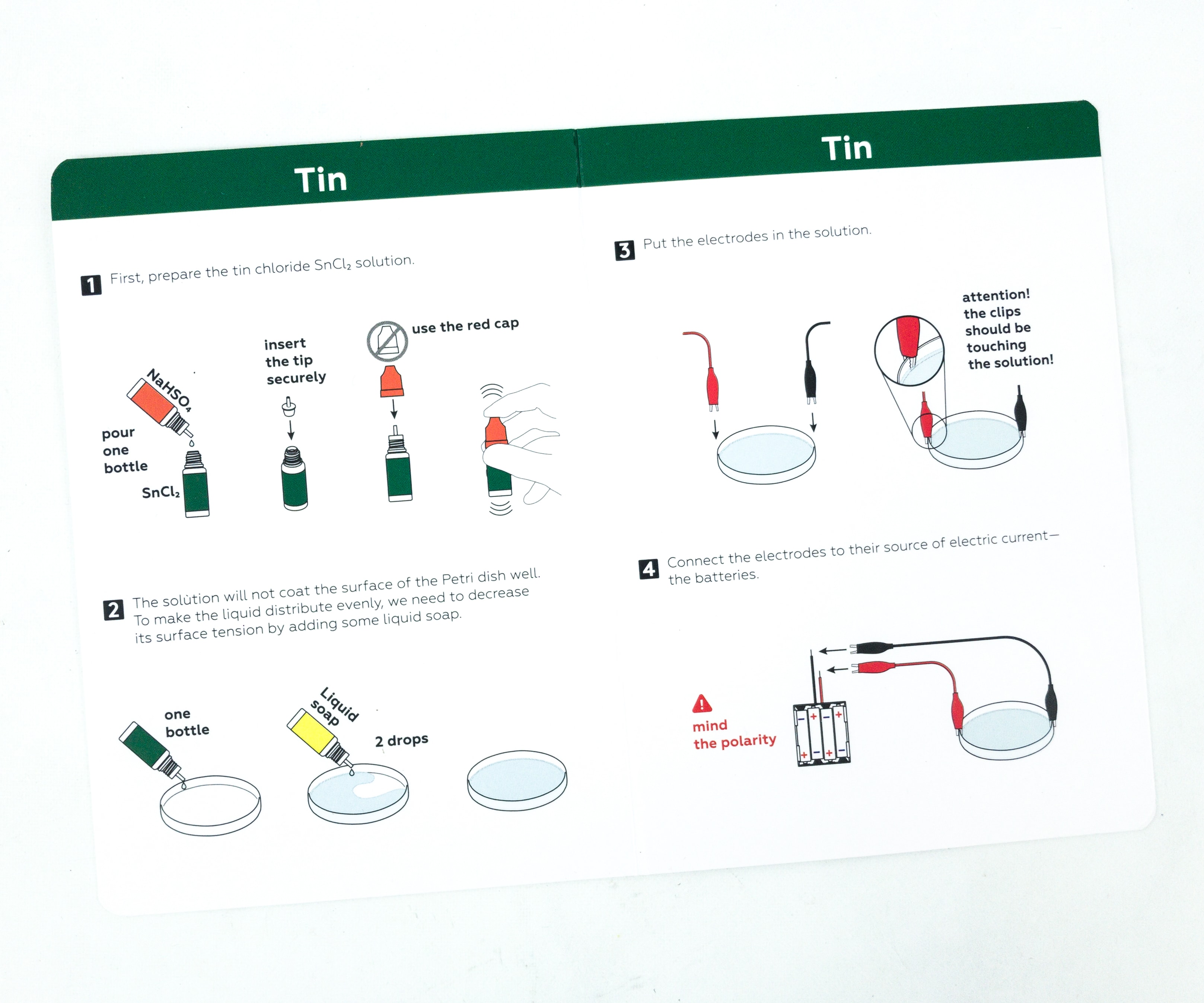
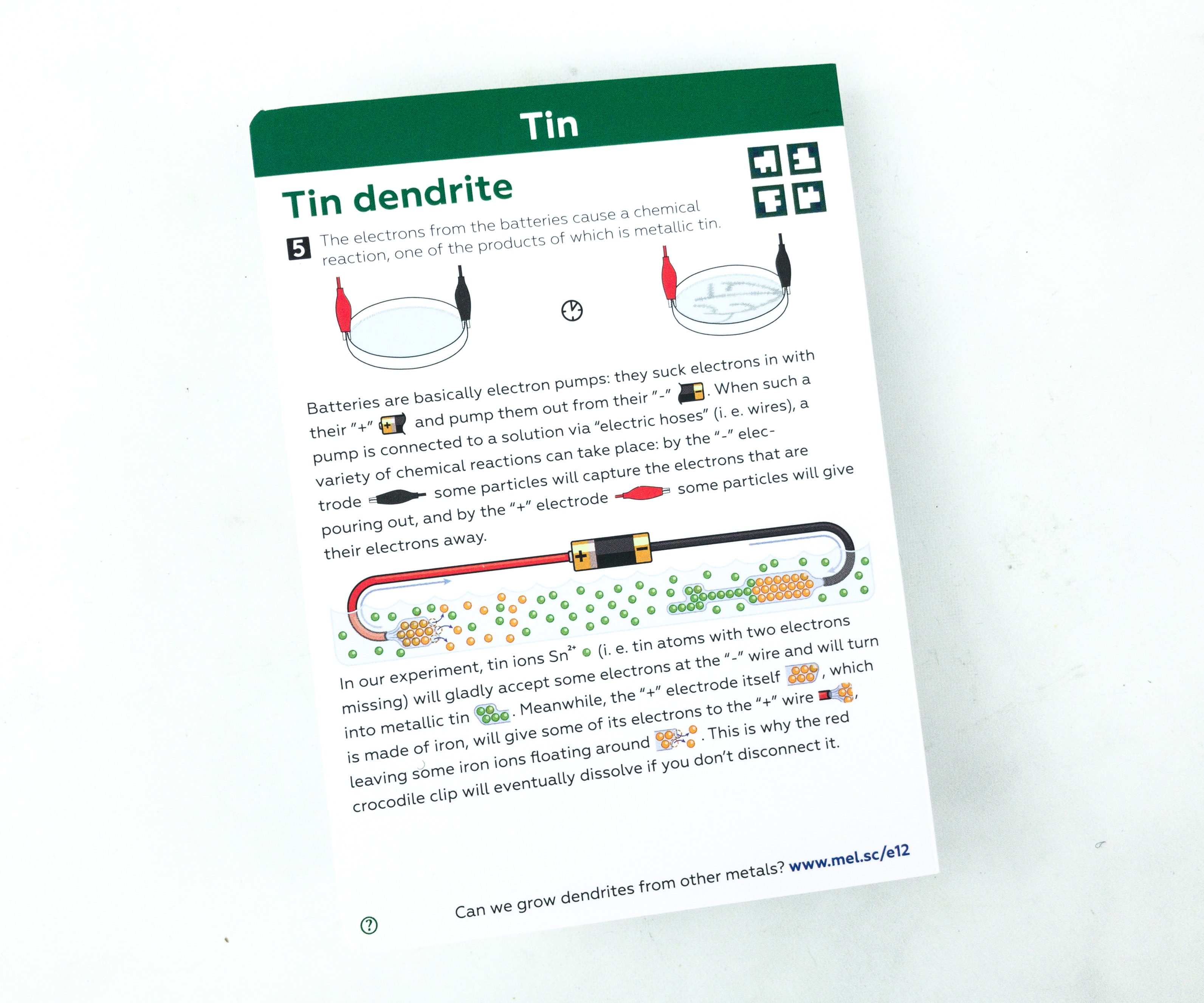

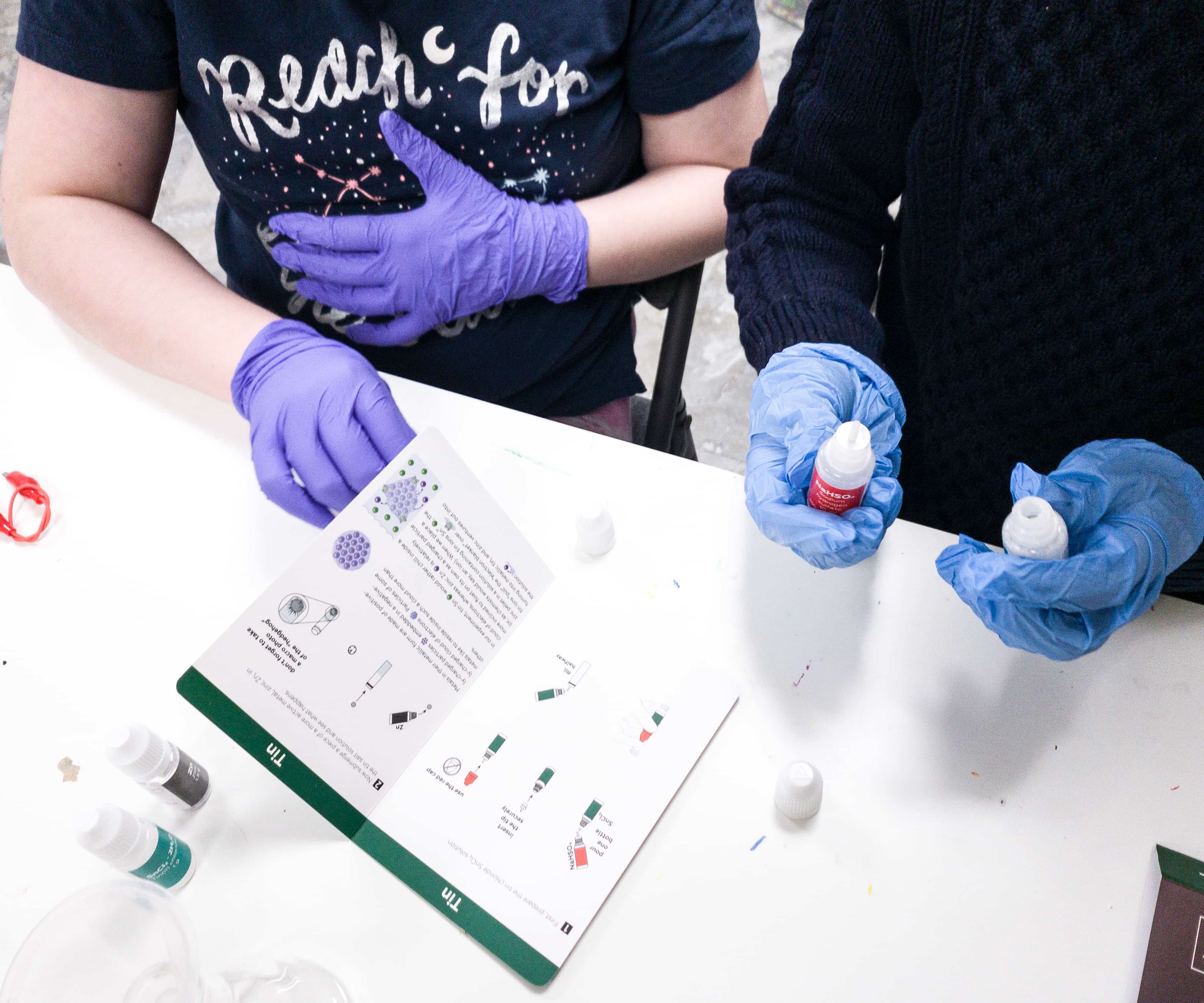
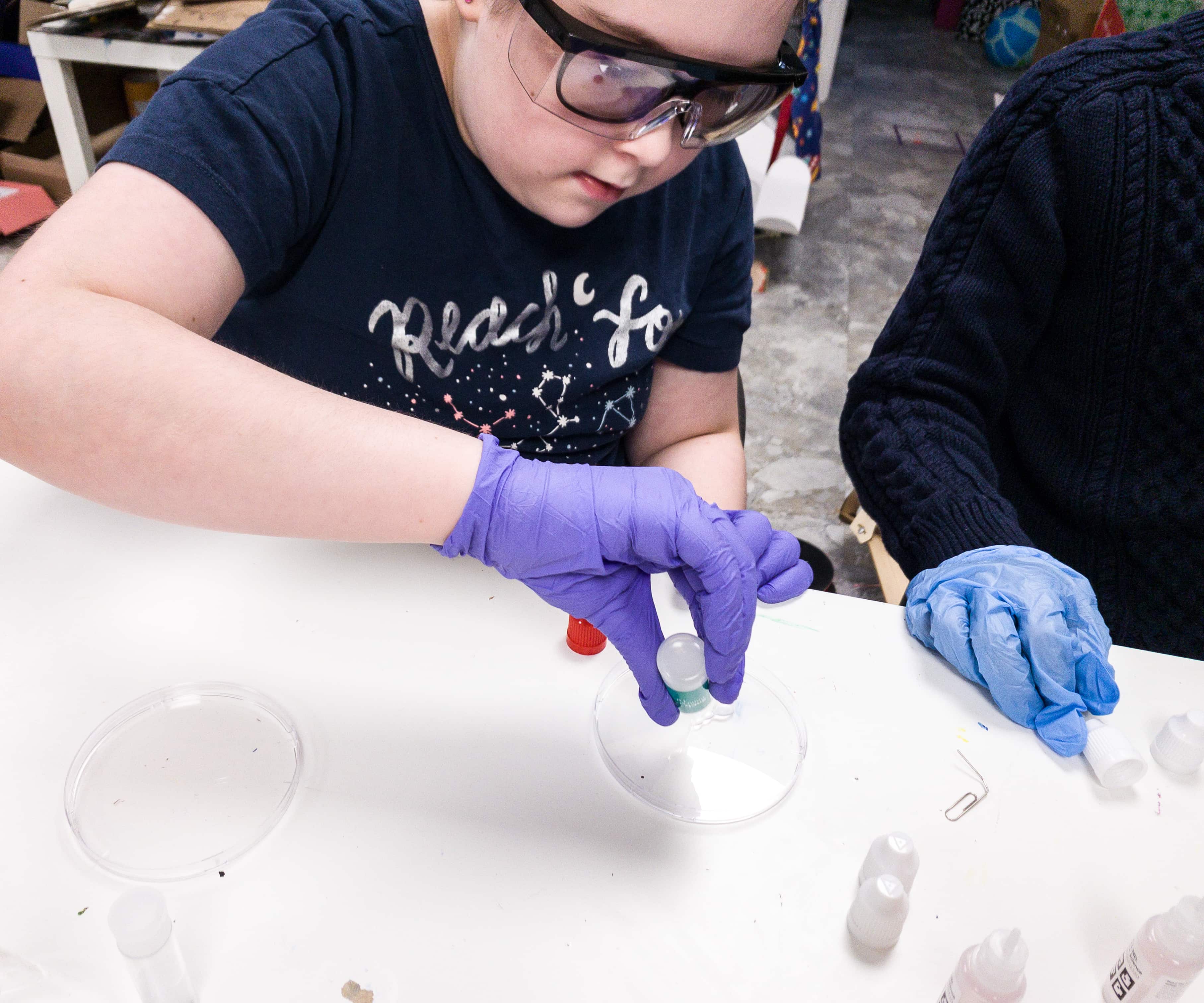



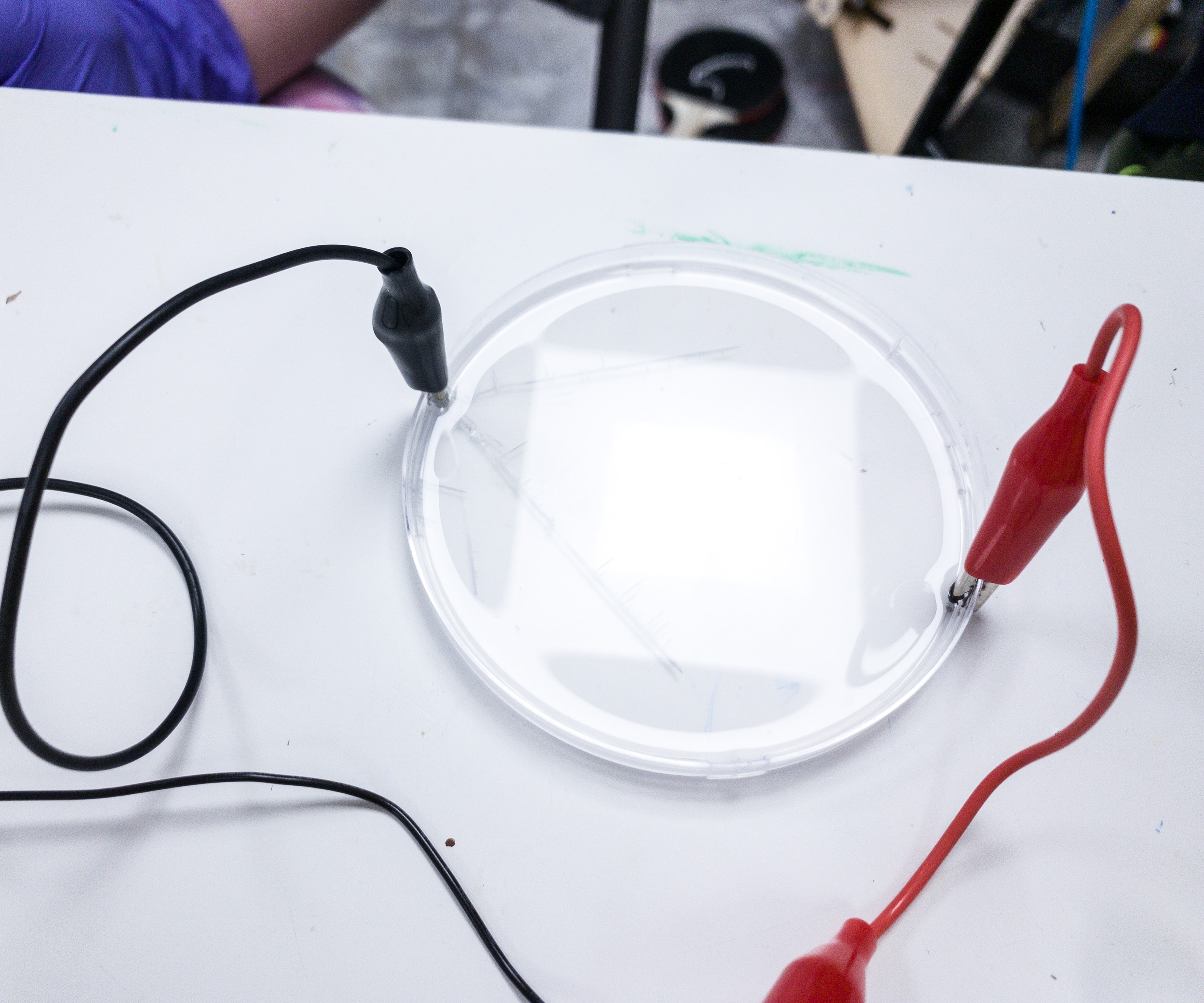
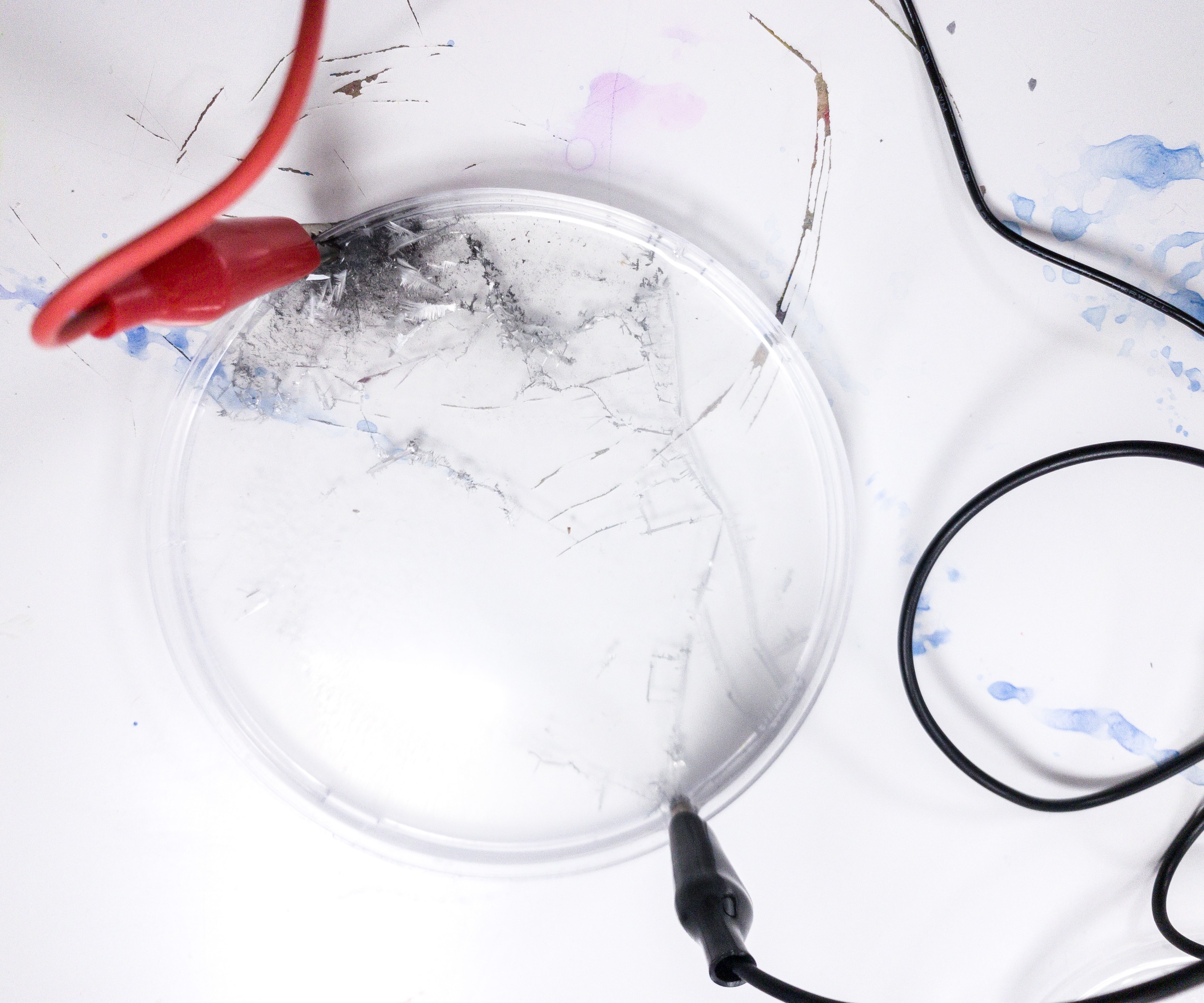




Comments